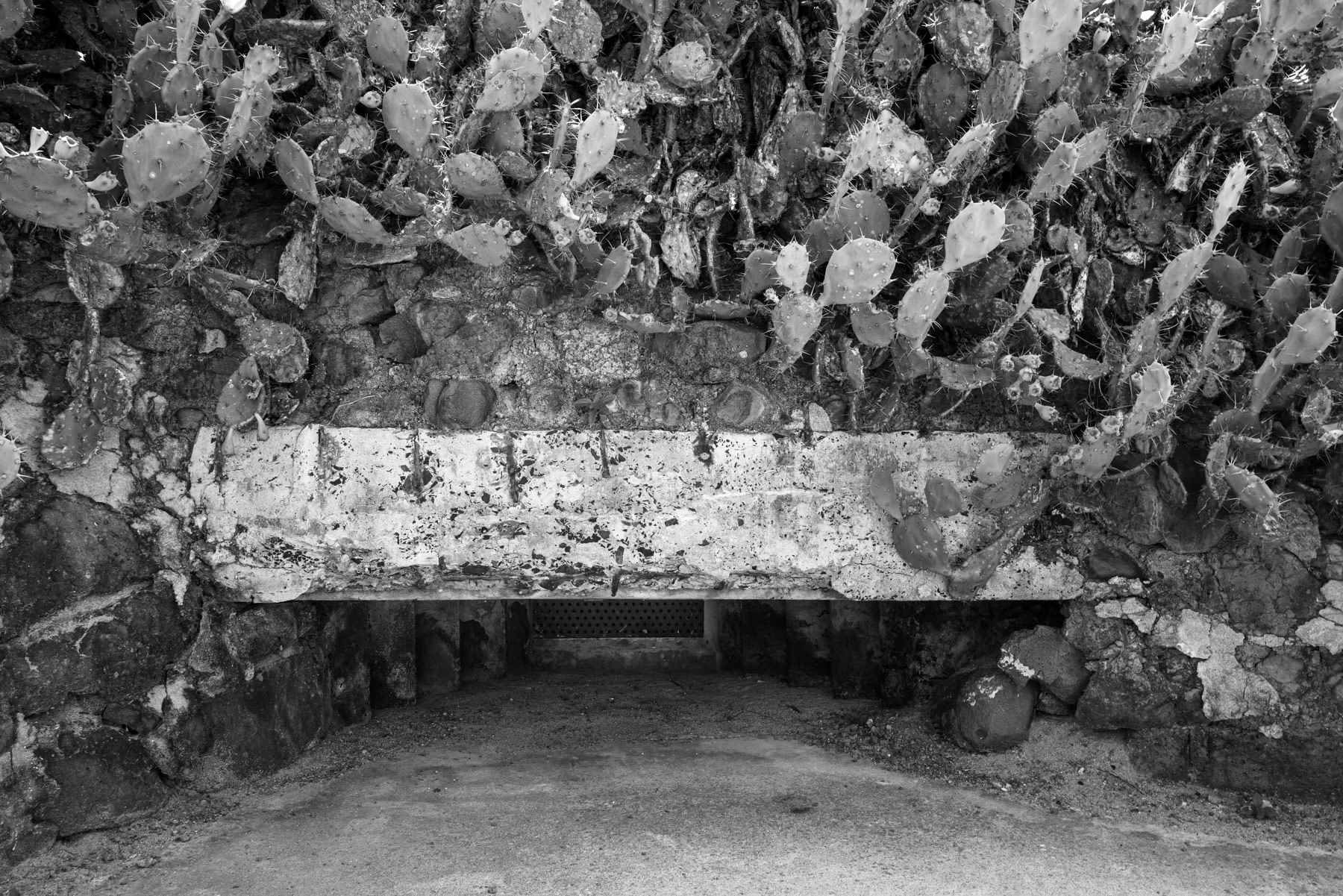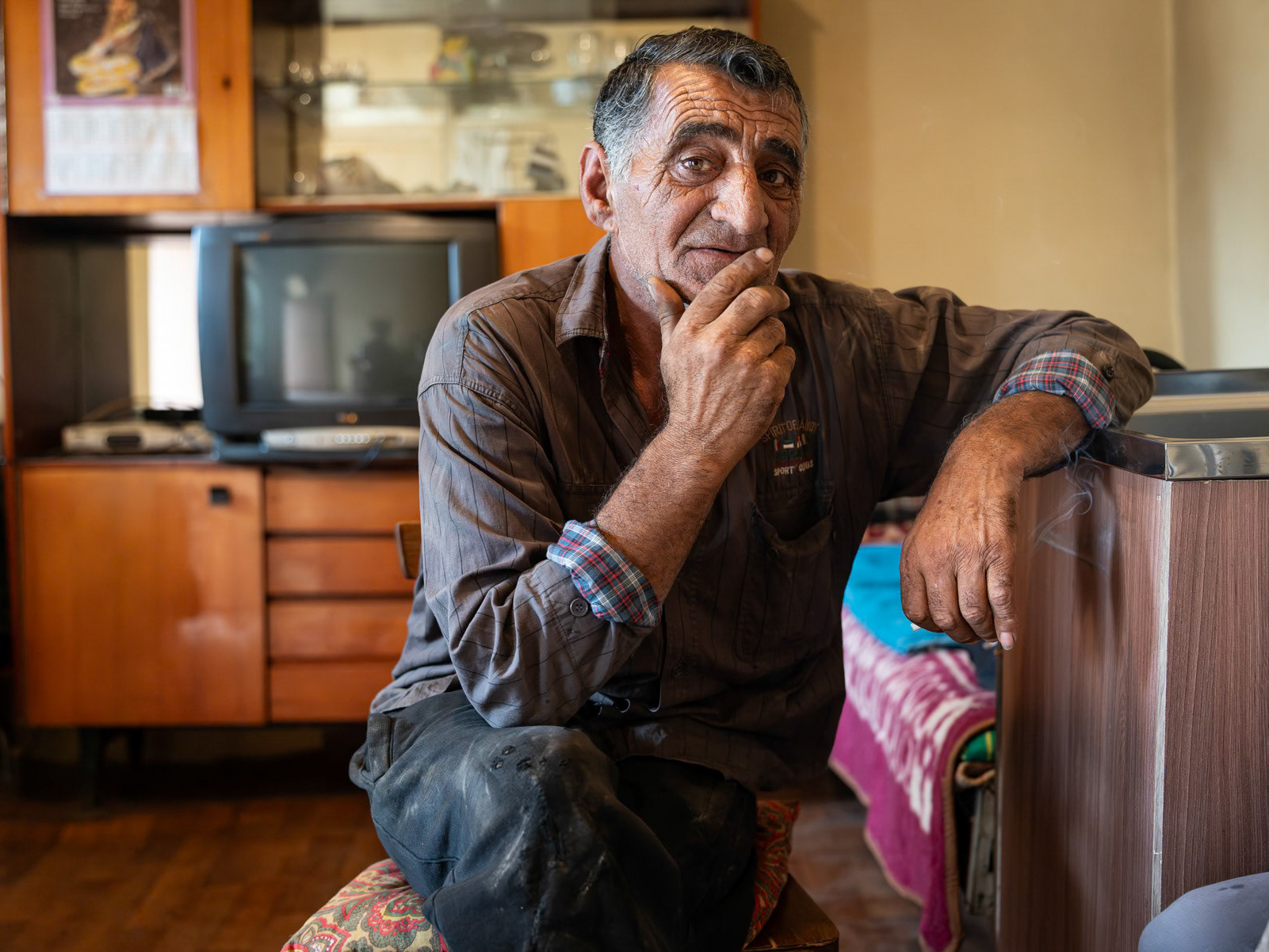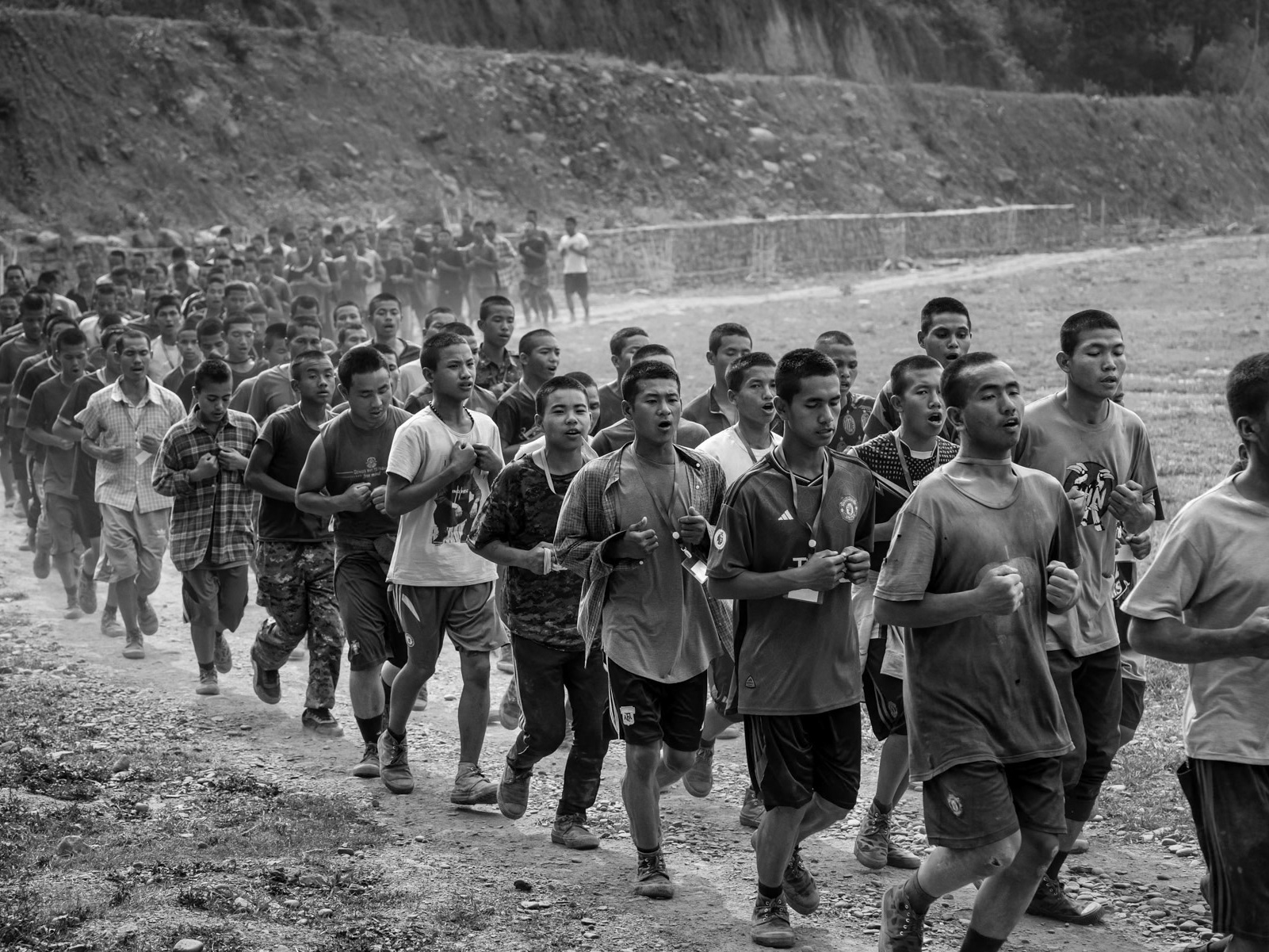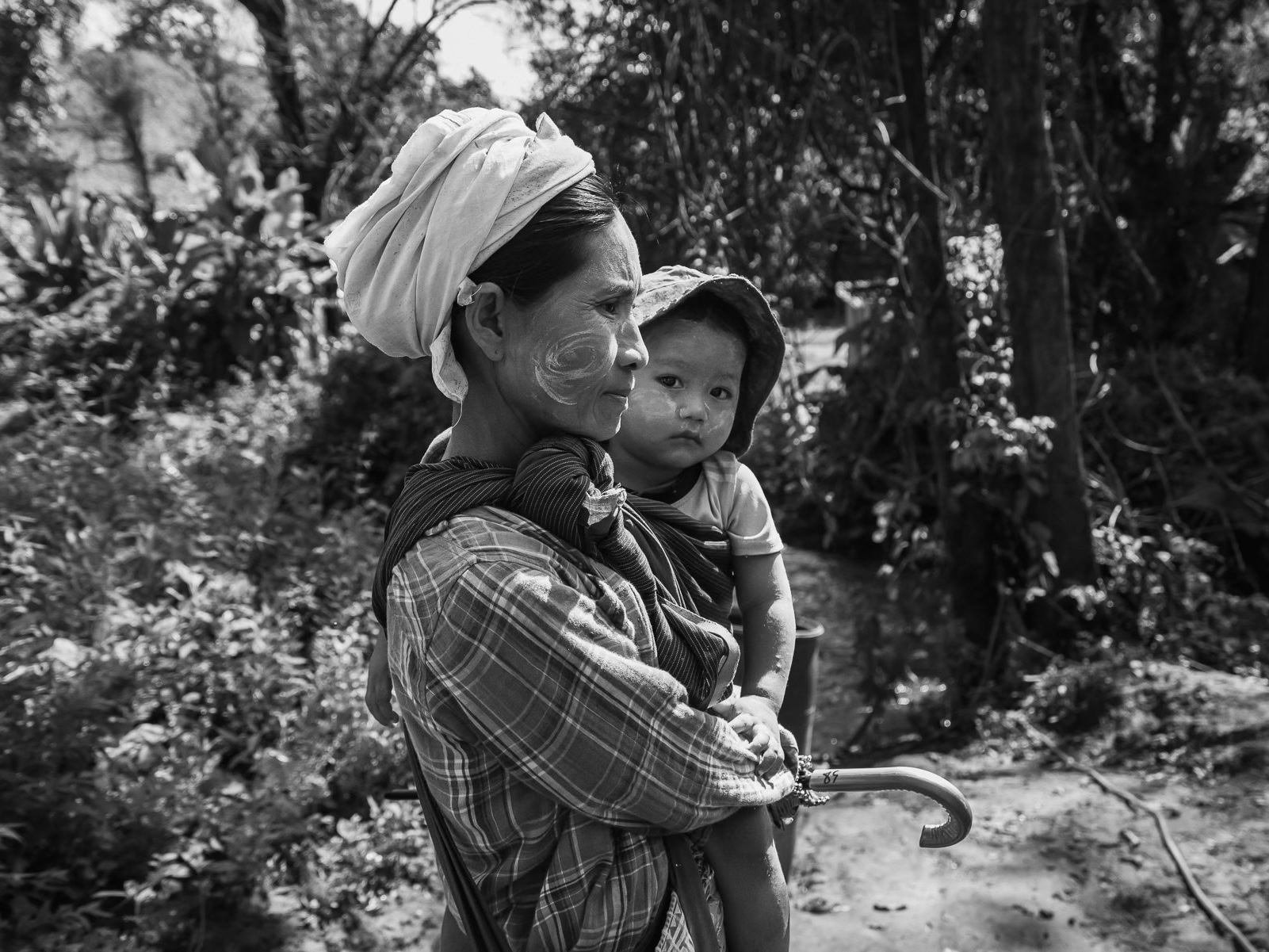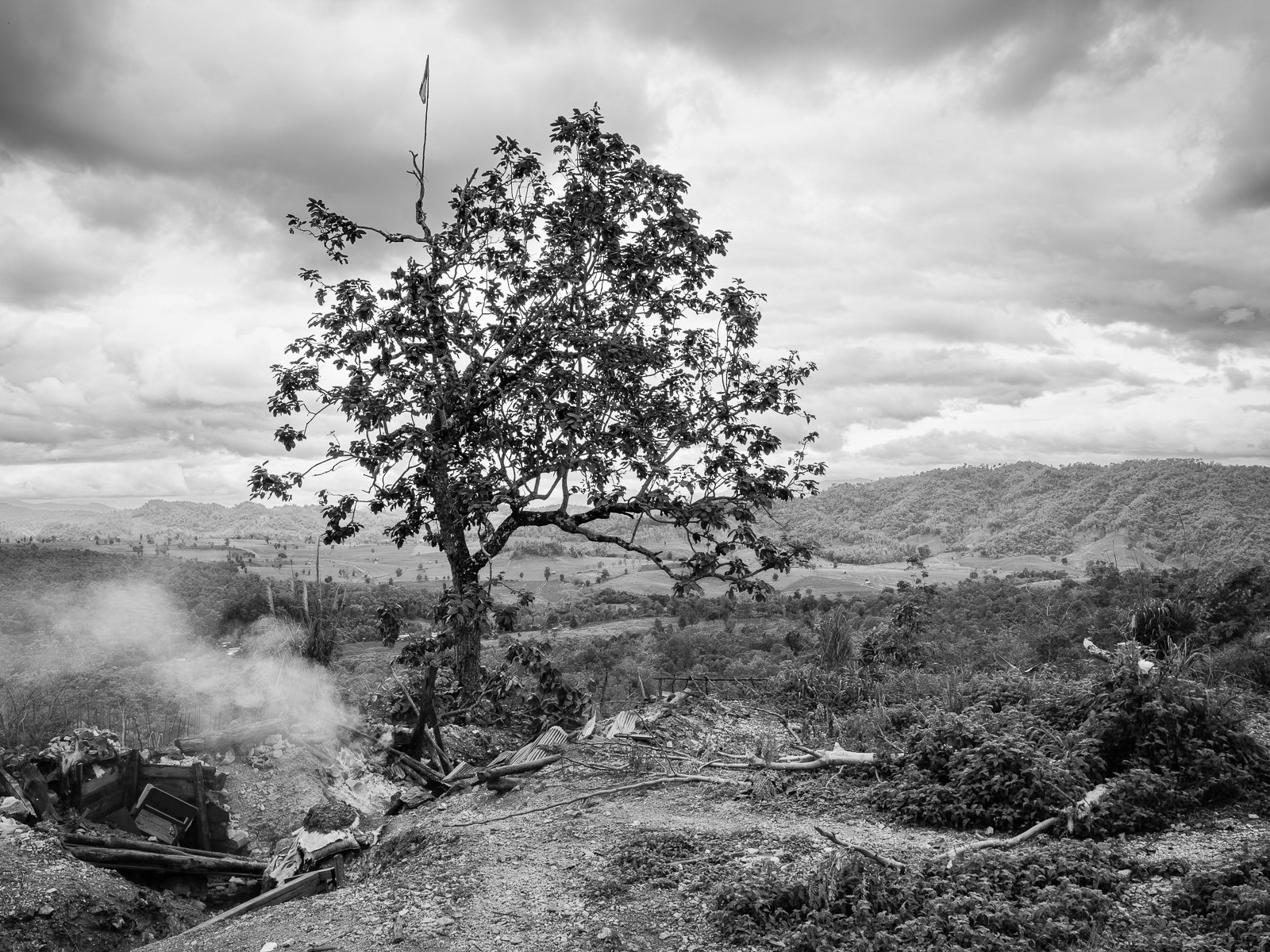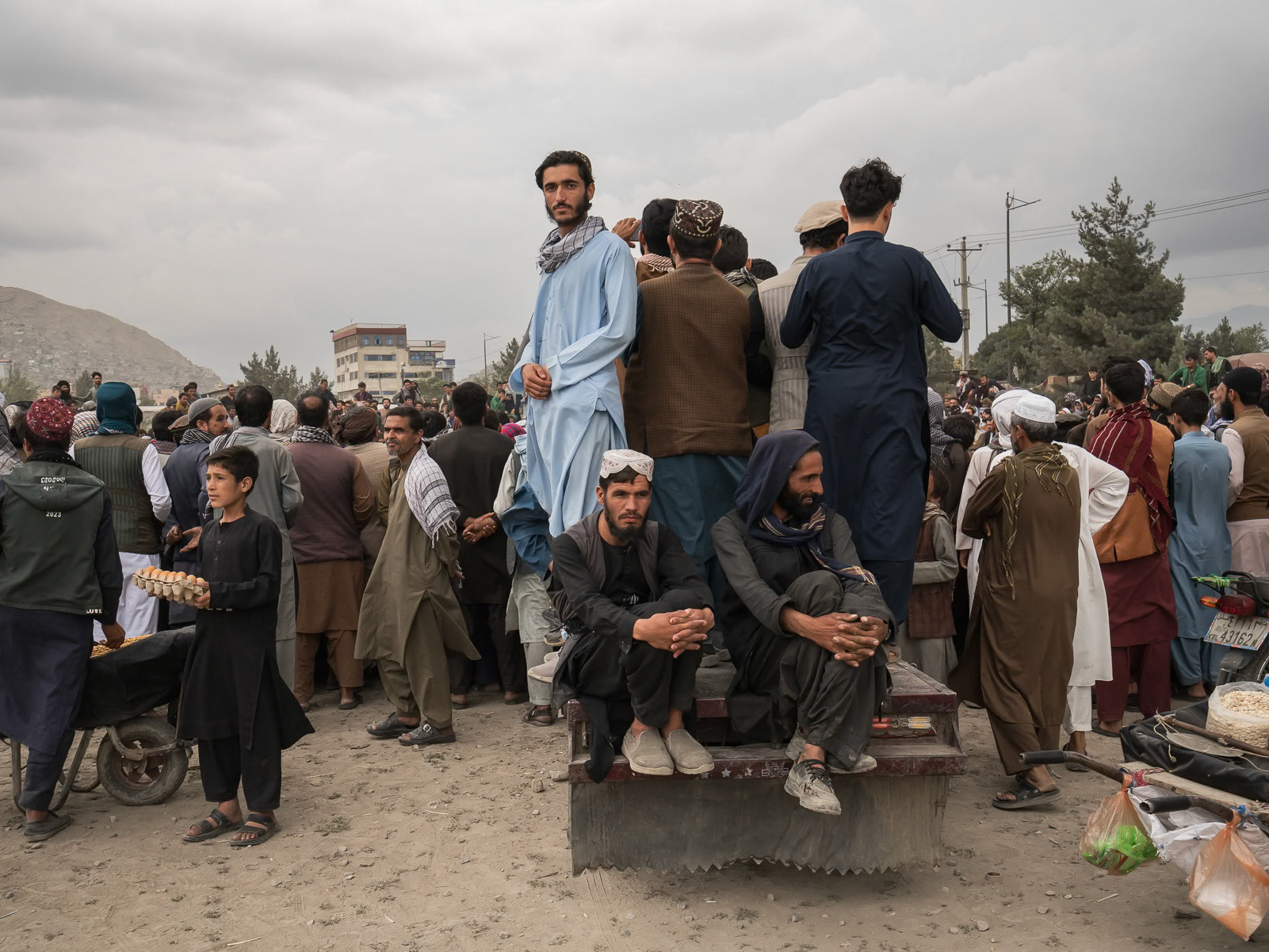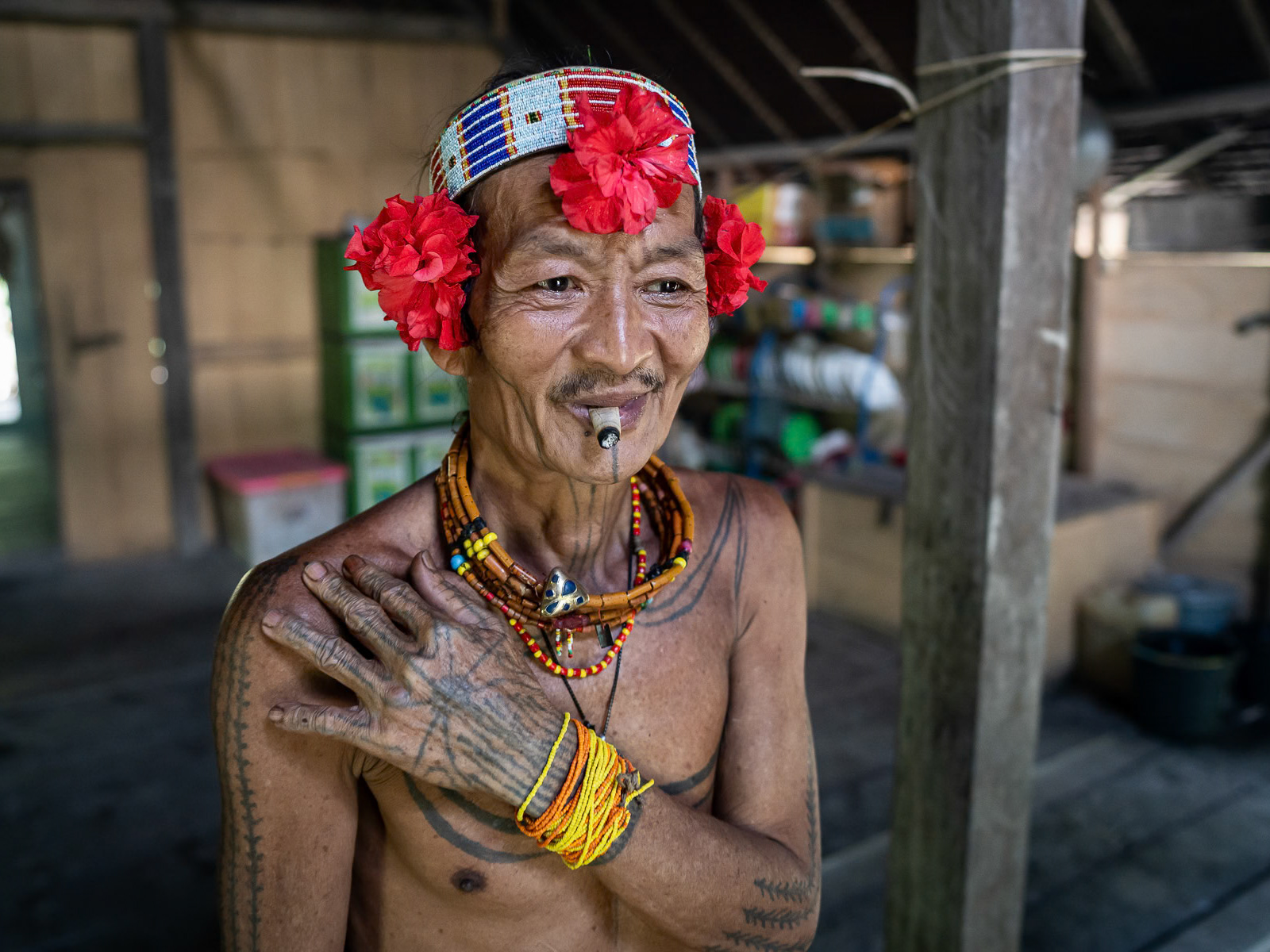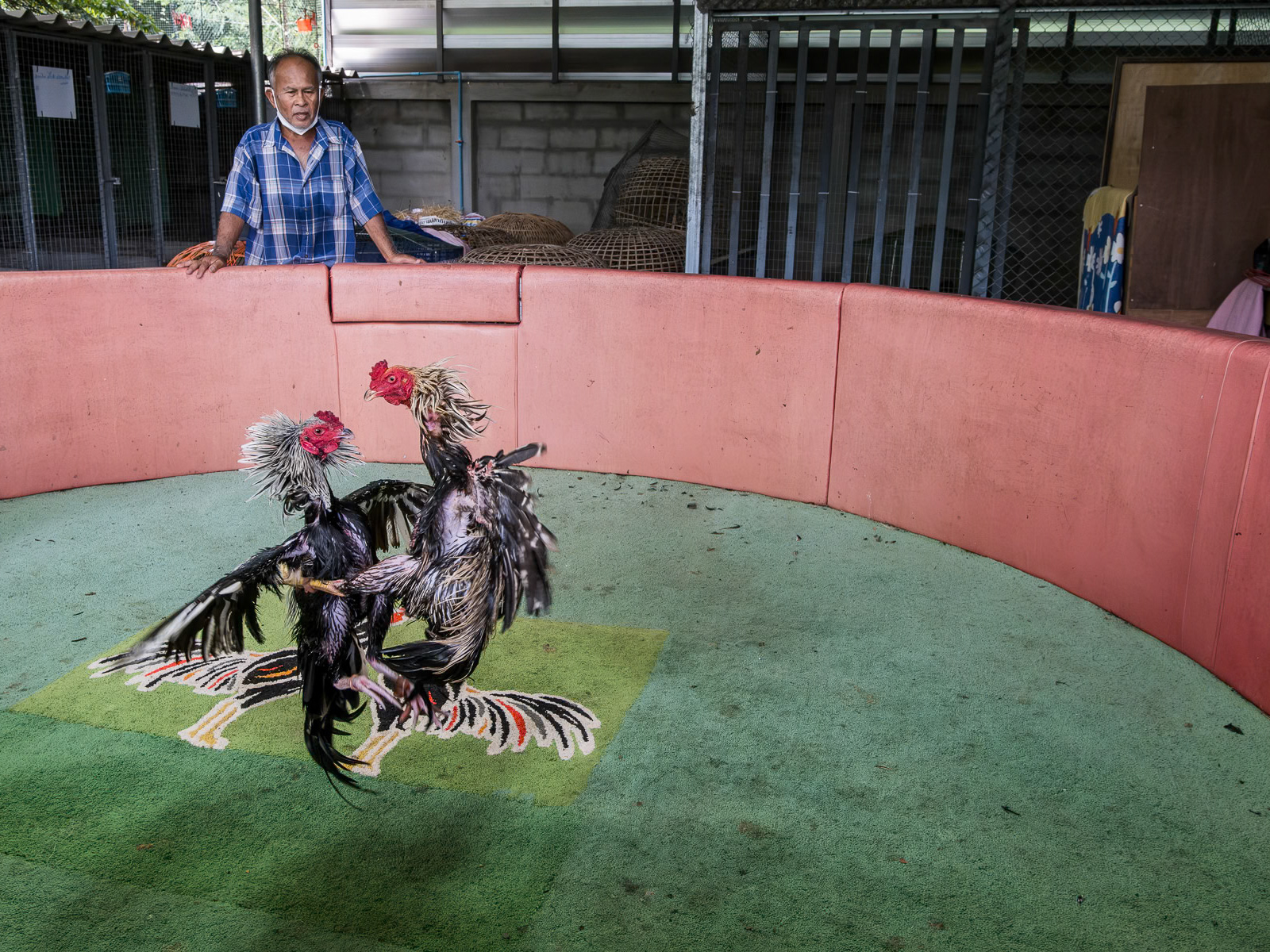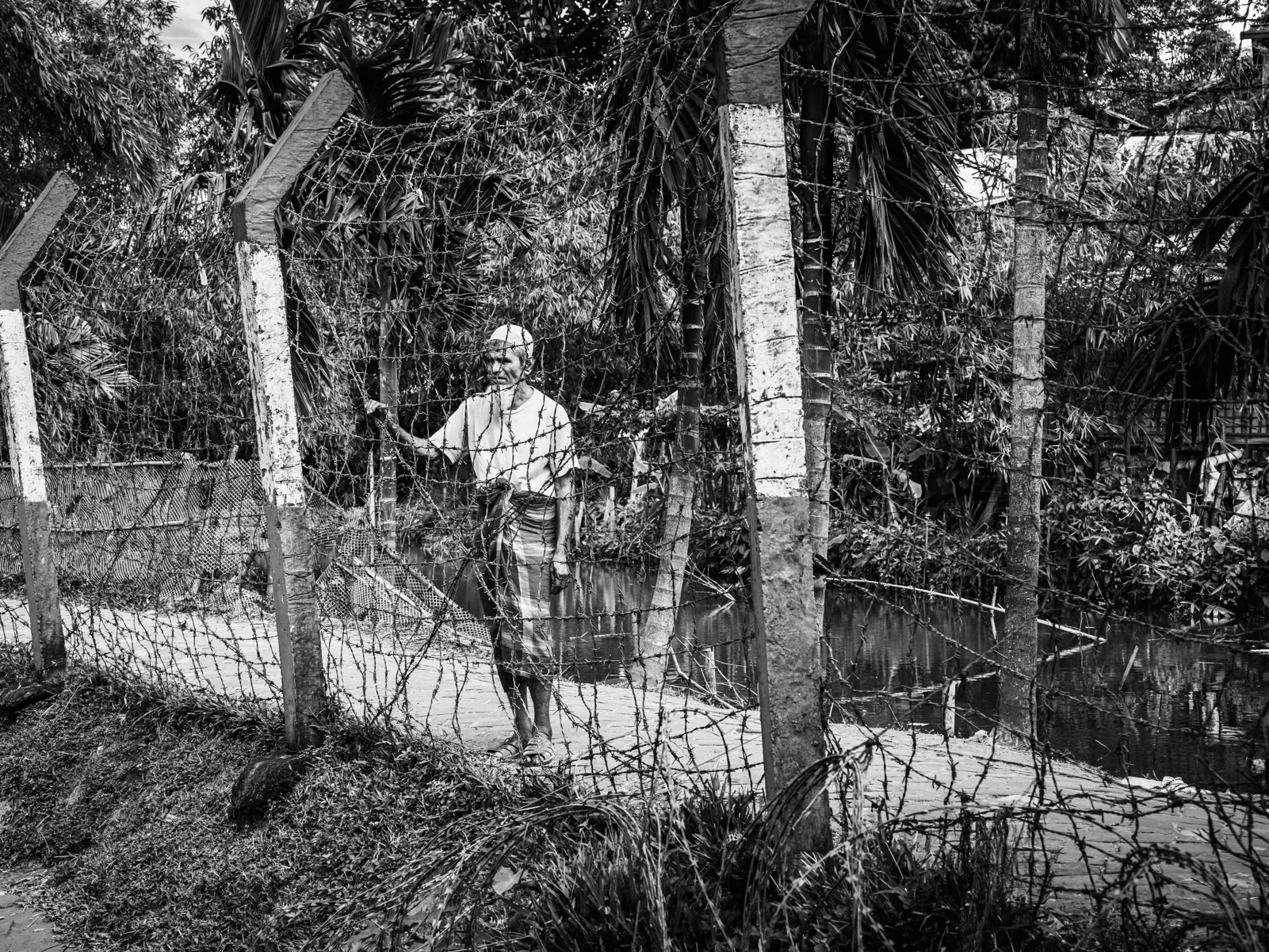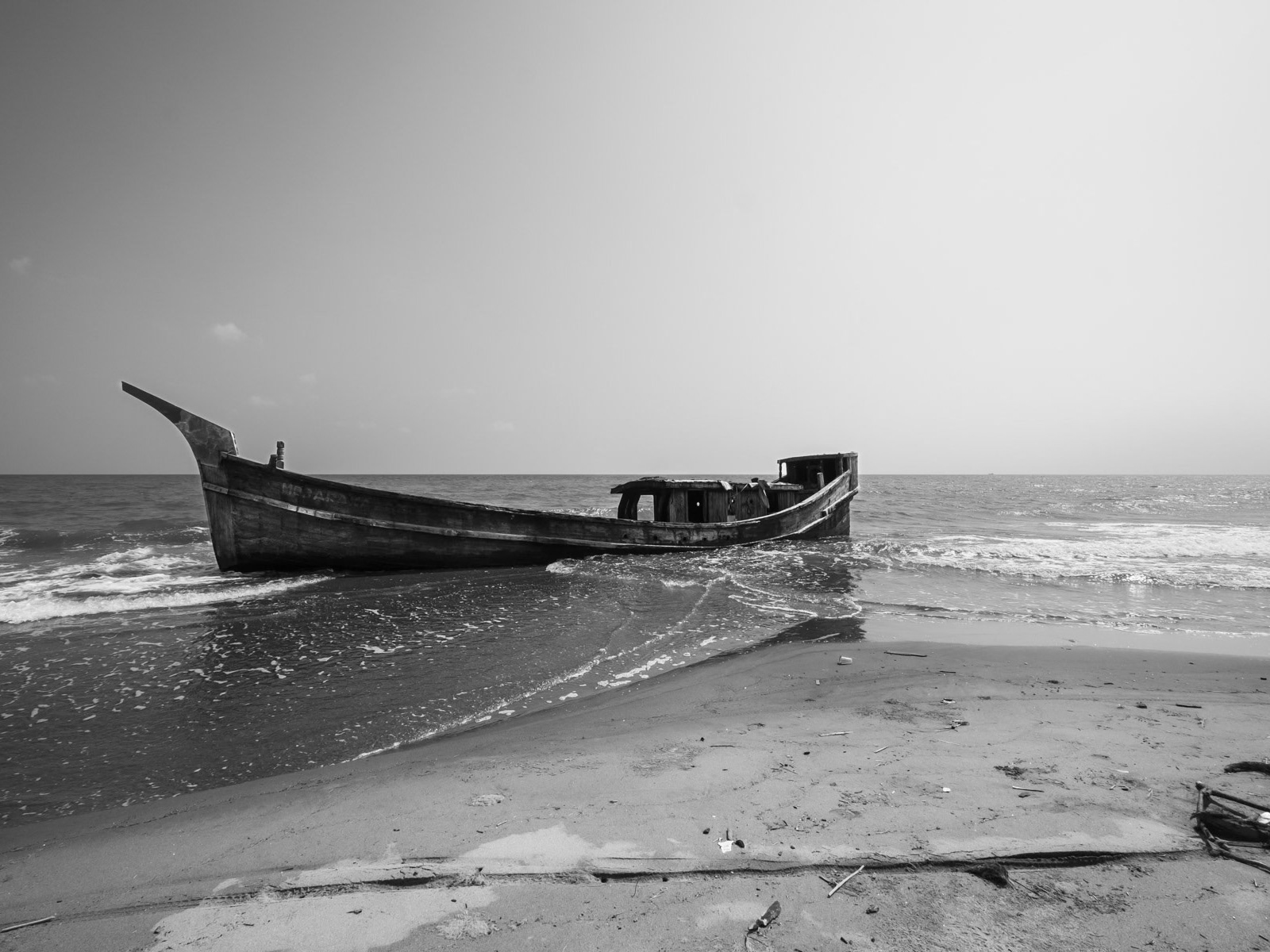The Kinmen, Matsu, and Penghu archipelagos, scattered across the Taiwan Strait, are more than dots on a map; they are living museums of history, tension, and resilience. Each has been shaped by its strategic position, serving as frontline outposts in the long standoff between the Republic of China (Taiwan) and the People’s Republic of China. United by geography yet distinct in character, the islands reveal different chapters of the strait’s complex story.
Kinmen, or Quemoy, lies just two kilometres from Xiamen on China’s Fujian coast. The mainland dominates the horizon—its skyline visible, its bustle audible—and family ties still cross the narrow waterway. Kinmen’s identity is rooted in siege and survival. After the Chinese Civil War, retreating KMT forces turned the islands into a fortress. The Battle of Guningtou in 1949 stopped a mainland landing, and the 1958 “August 23rd Artillery Battle” ushered in decades of bombardment. Beaches became defensive lines, and tunnels, bunkers, and anti-landing obstacles reshaped the landscape. Today these relics remain silent witnesses to a frontline life defined by endurance.
Matsu, further north, presents a different face of Taiwan’s defenses. Its rugged, mountainous islands—including Nangan and Beigan—once supported a heavy military presence. Deep-water ports and commanding cliffs made Matsu ideal for monitoring naval movements. Barracks carved into hillsides and hidden installations reflect decades of militarization. Beyond defense, the islands rely on fishing, now challenged by large Chinese fleets, and on a growing tourism industry drawn to stone villages, winding coastlines, and natural wonders such as Nangan’s “Blue Tears.” Matsu embodies both history and transformation.
Penghu, Taiwan’s largest archipelago, lies centrally between Taiwan and China. Its sheltered bays and deep channels have long made it a key maritime crossroads. Throughout the 20th century, Penghu was heavily fortified, with bunkers, artillery batteries, and underground networks like those at Siyu Western Fort. Many structures now stand abandoned or repurposed as museums. Alongside this military legacy, Penghu is defined by its maritime culture, fishing communities, and volcanic landscapes. Its central position links the narratives of Kinmen and Matsu, adding breadth to the story of Taiwan’s frontline islands.
Together, these three archipelagos form a continuum of Taiwan Strait history. Kinmen is the intimate frontline, shaped by proximity and human ties; Matsu the rugged sentinel, balancing defense, fishing, and tourism; Penghu the central stronghold where military legacy meets local culture. Across them, bunkers, artillery, and historic villages coexist with fishing boats and daily life. Their landscapes remain living testaments to conflict, adaptation, and resilience.
This photo series explores these layers: the silent cannons of Kinmen, the camouflaged barracks of Matsu, and the volcanic bunkers of Penghu—revealing communities that have endured at the crossroads of history.
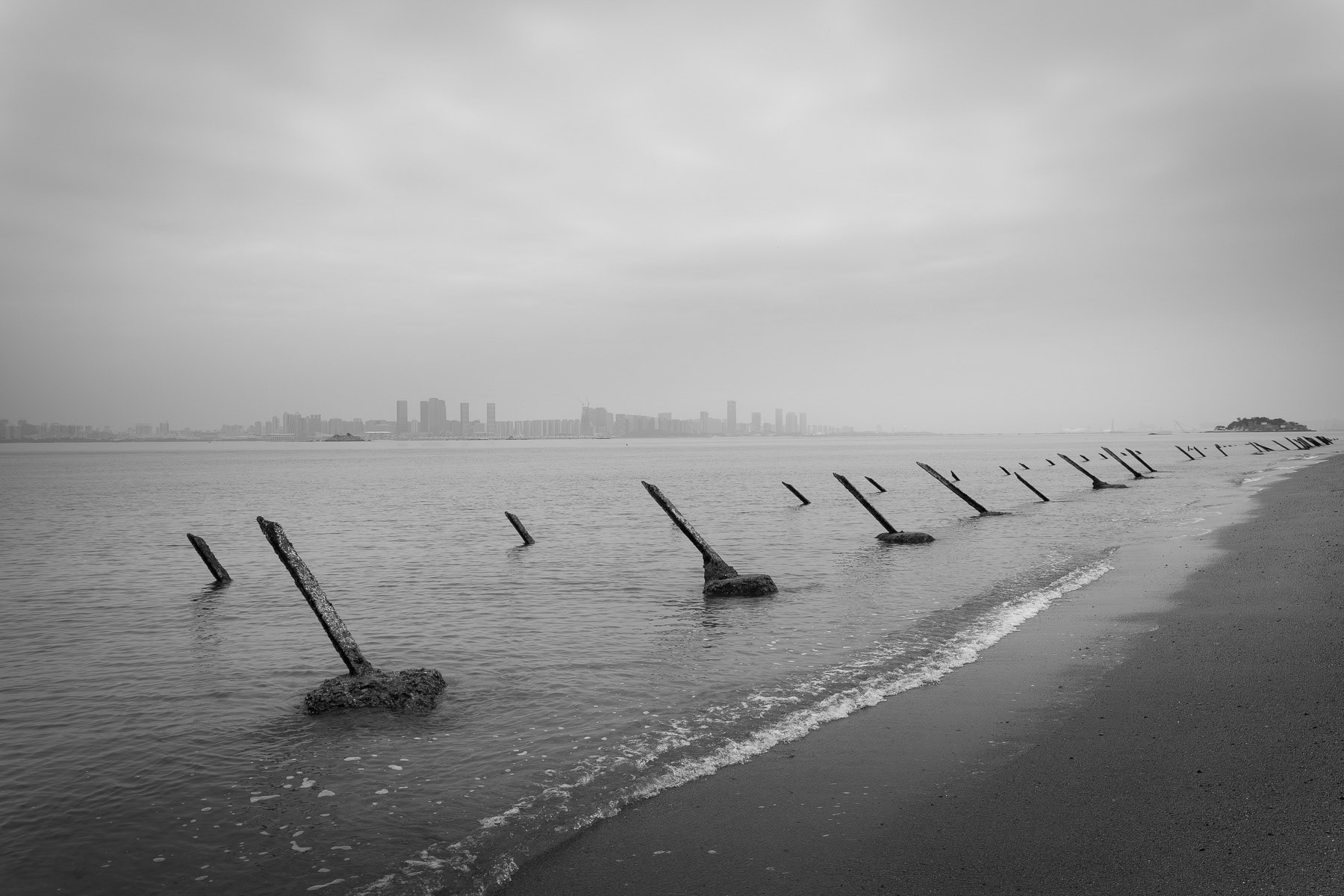
From Kinmen, the view of Xiamen underscores the ever-present geopolitical tension. Kinmen island of Taiwan facing Xiamen in China, May 2025

Traditional folklore and a magnificent dragon weave through a parade showcasing the military preparedness of the Matsu Unit, celebrating its 60th birthday. Nangan, Taiwan, May 2025

Historic wartime bunker on Taiwan’s Penghu archipelago, October 2025.
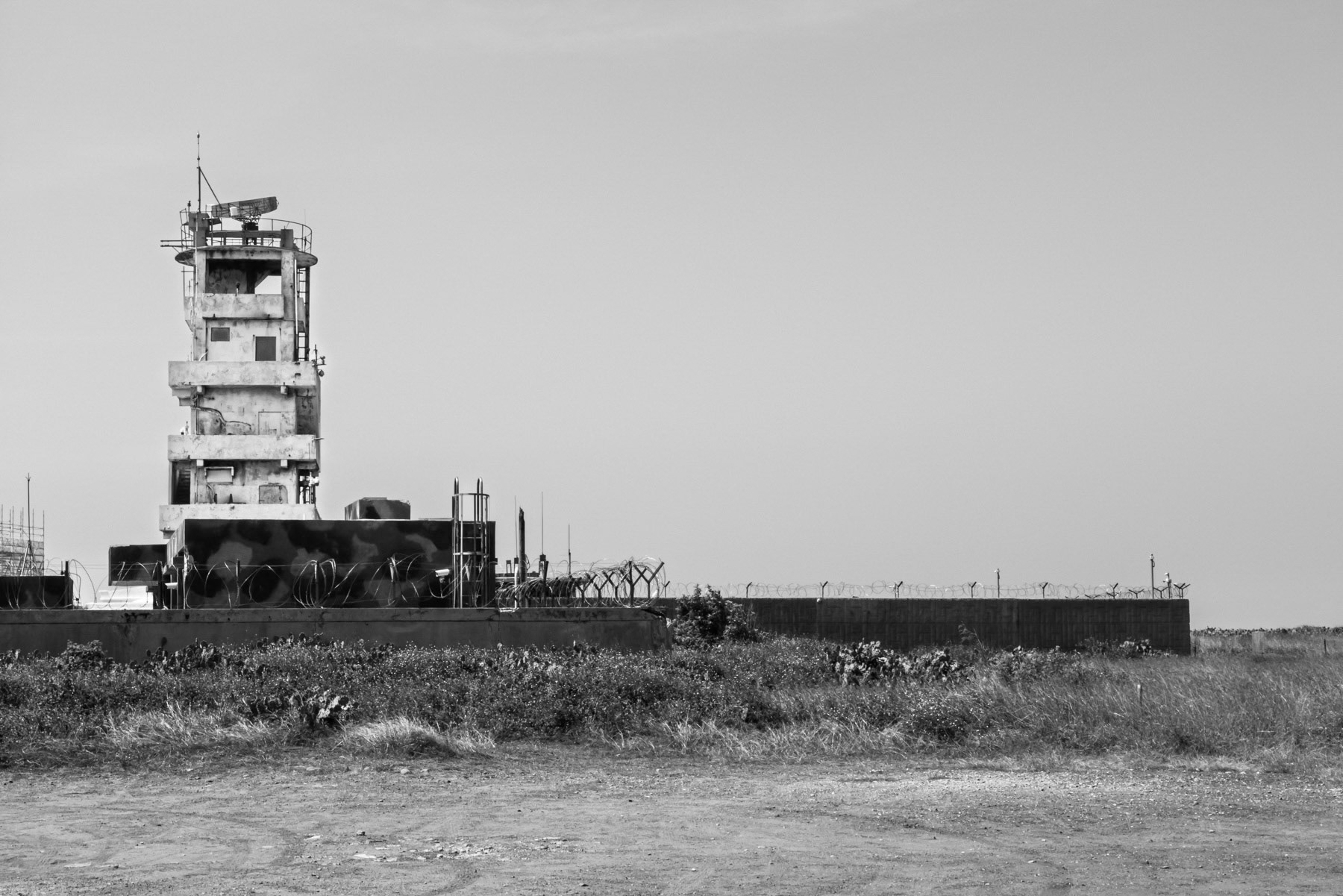
Military base, Penghu Island, Strait of Taiwan, October 2025
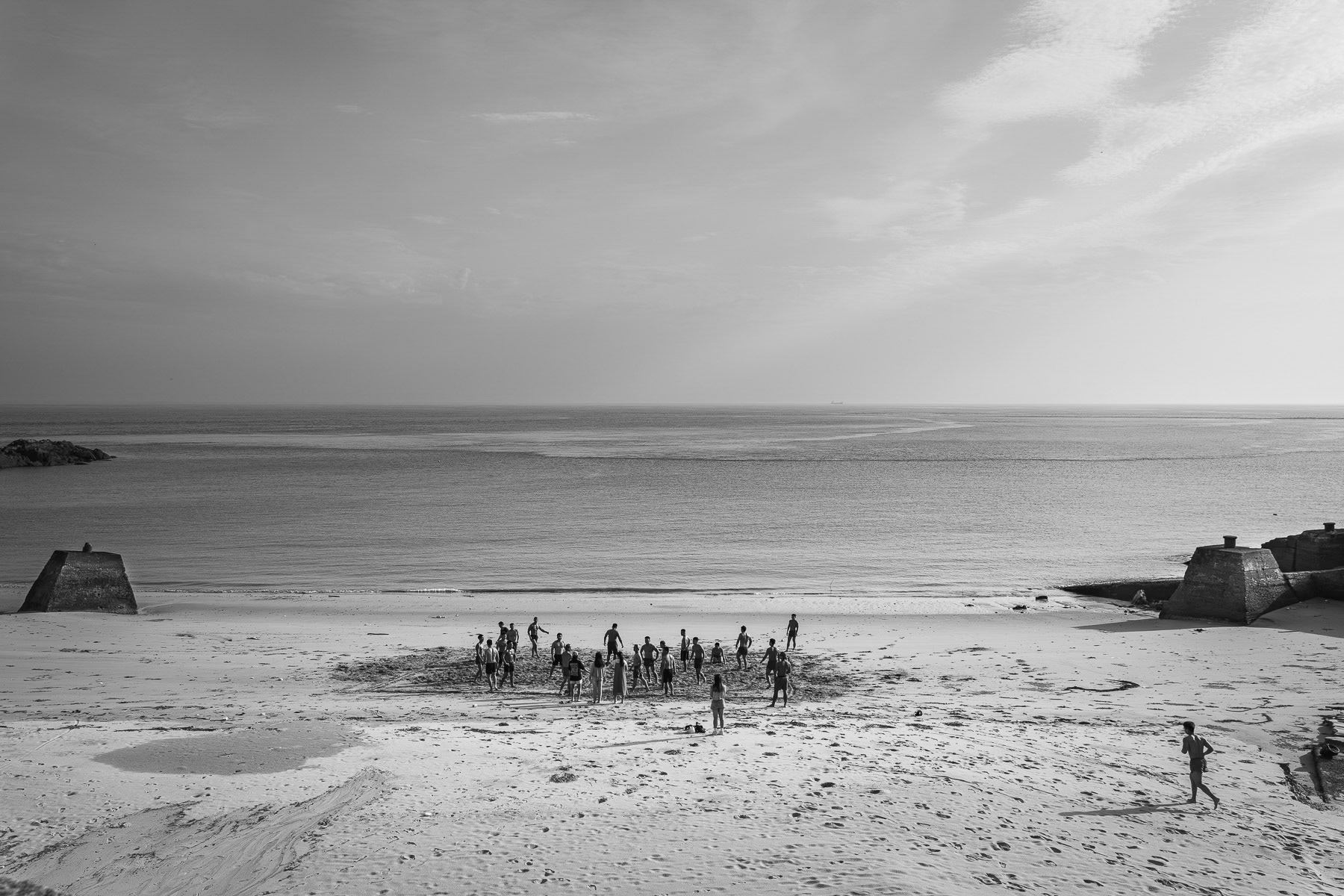
After a day's duty, soldiers from a nearby base unwind with a game of volleyball on the beach. Matsu Islands, Republic of China, May 2025
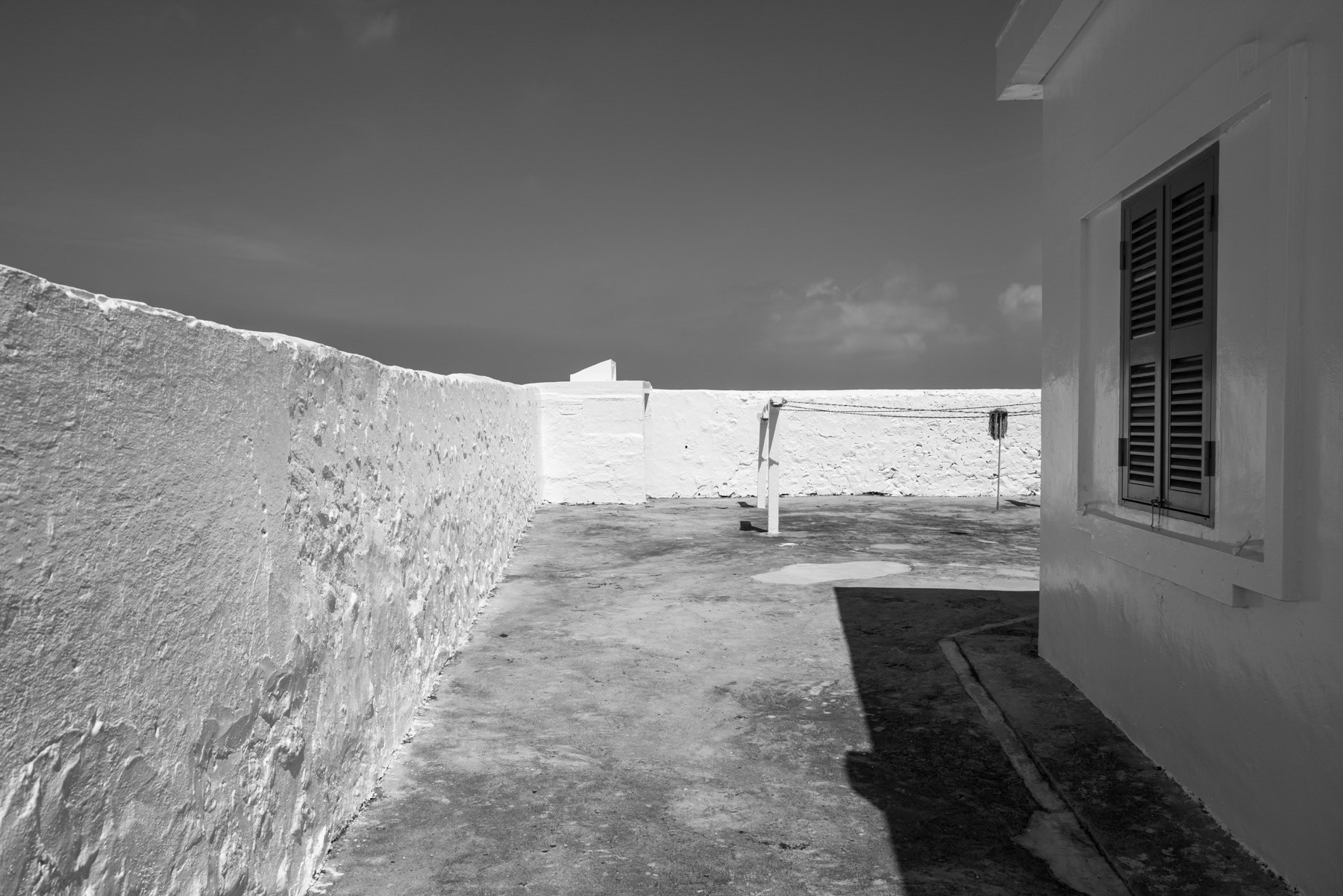
Lighthouse building, Penghu Island, Taiwan, October 2025

From Kinmen, the view of Xiamen underscores the ever-present geopolitical tension. Kinmen island of Taiwan facing Xiamen in China, May 2025
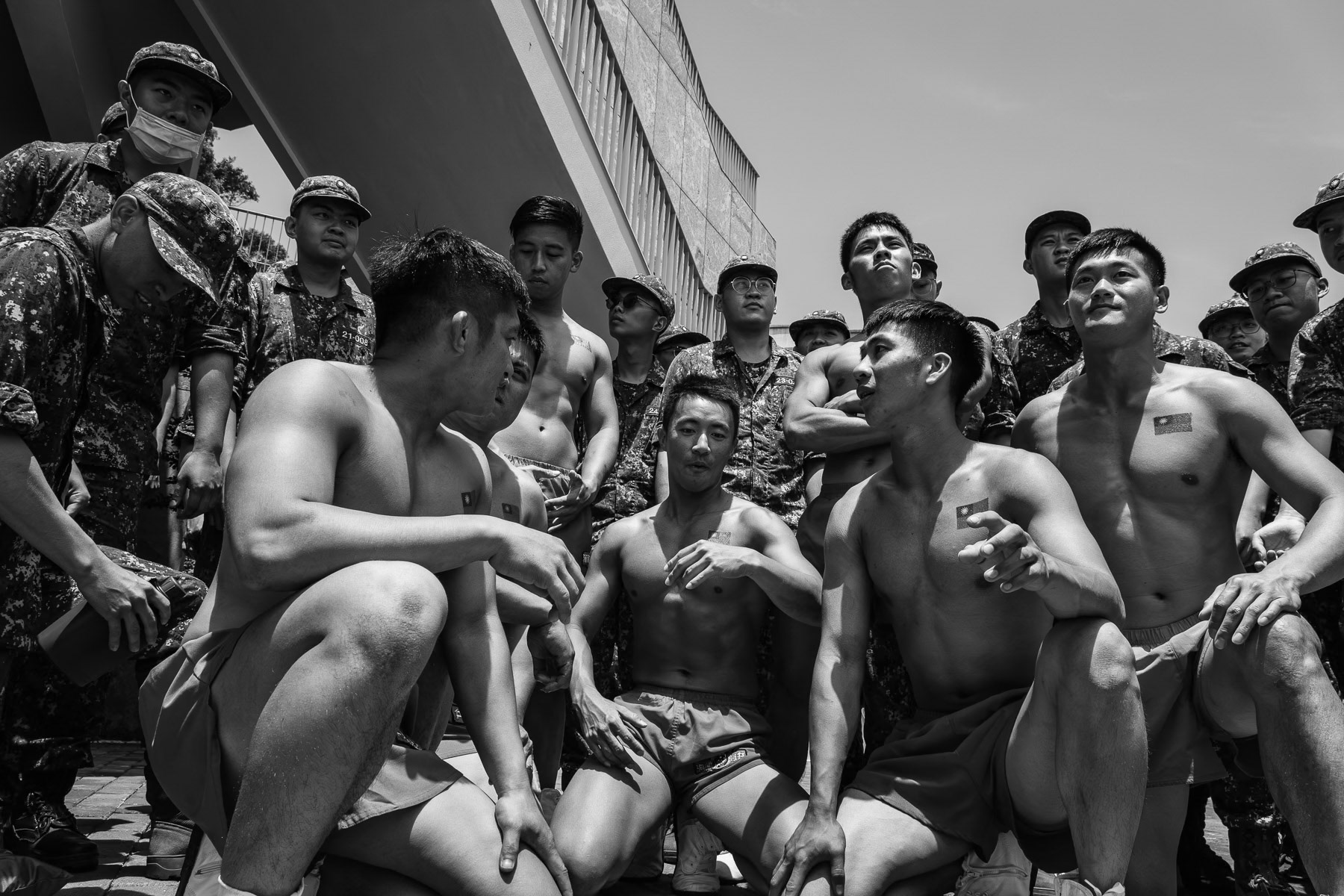
A powerful display of muscle, Matsu's elite special forces attrack attention during the unit's 60th anniversary celebration. Nangan town, Matsu Islands, Taiwan, May 2025
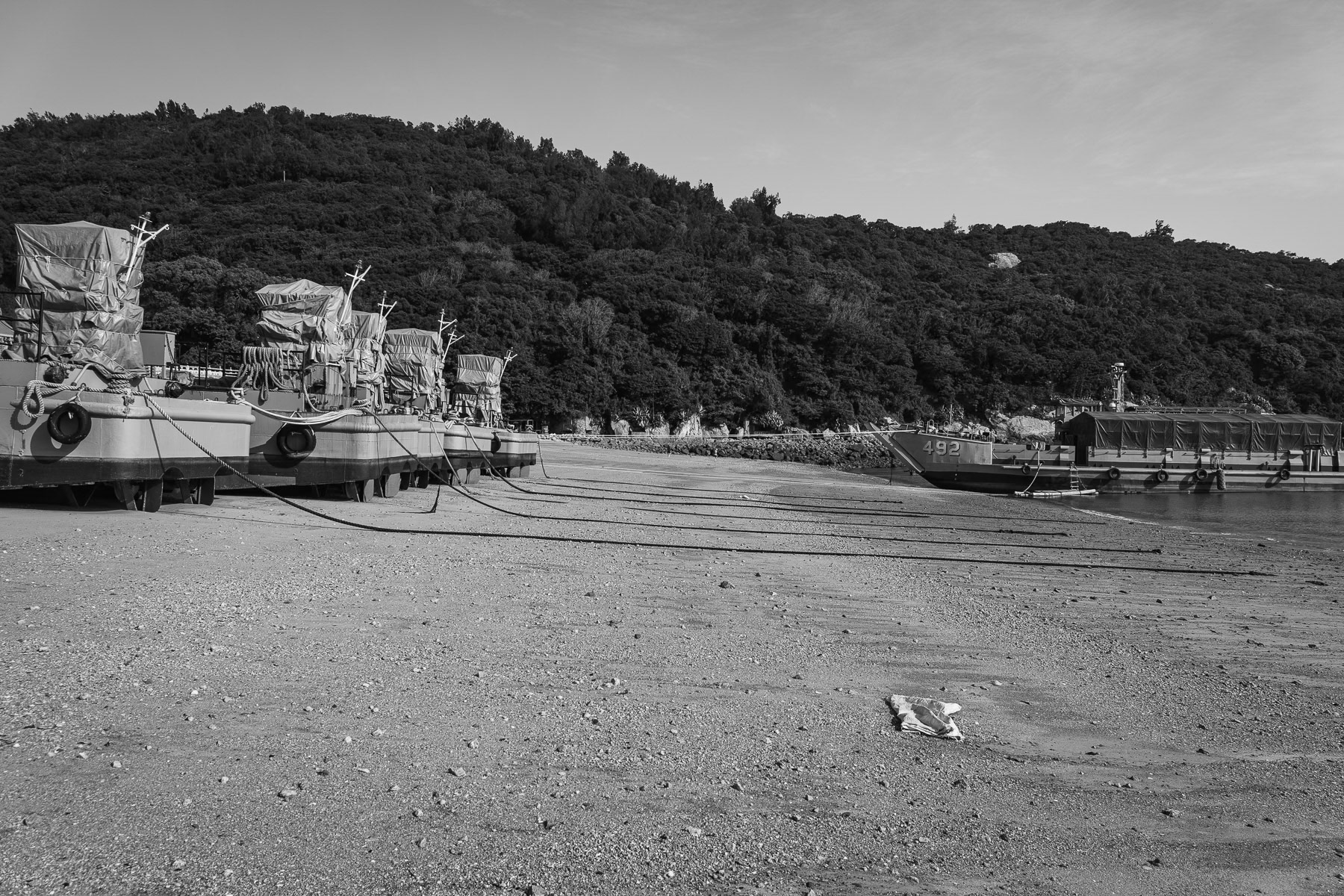
Landing craft stand poised on the beach, a testament to Matsu's constant state of military preparedness. Fuwo beach, Matsu Islands, Taiwan, May 2025
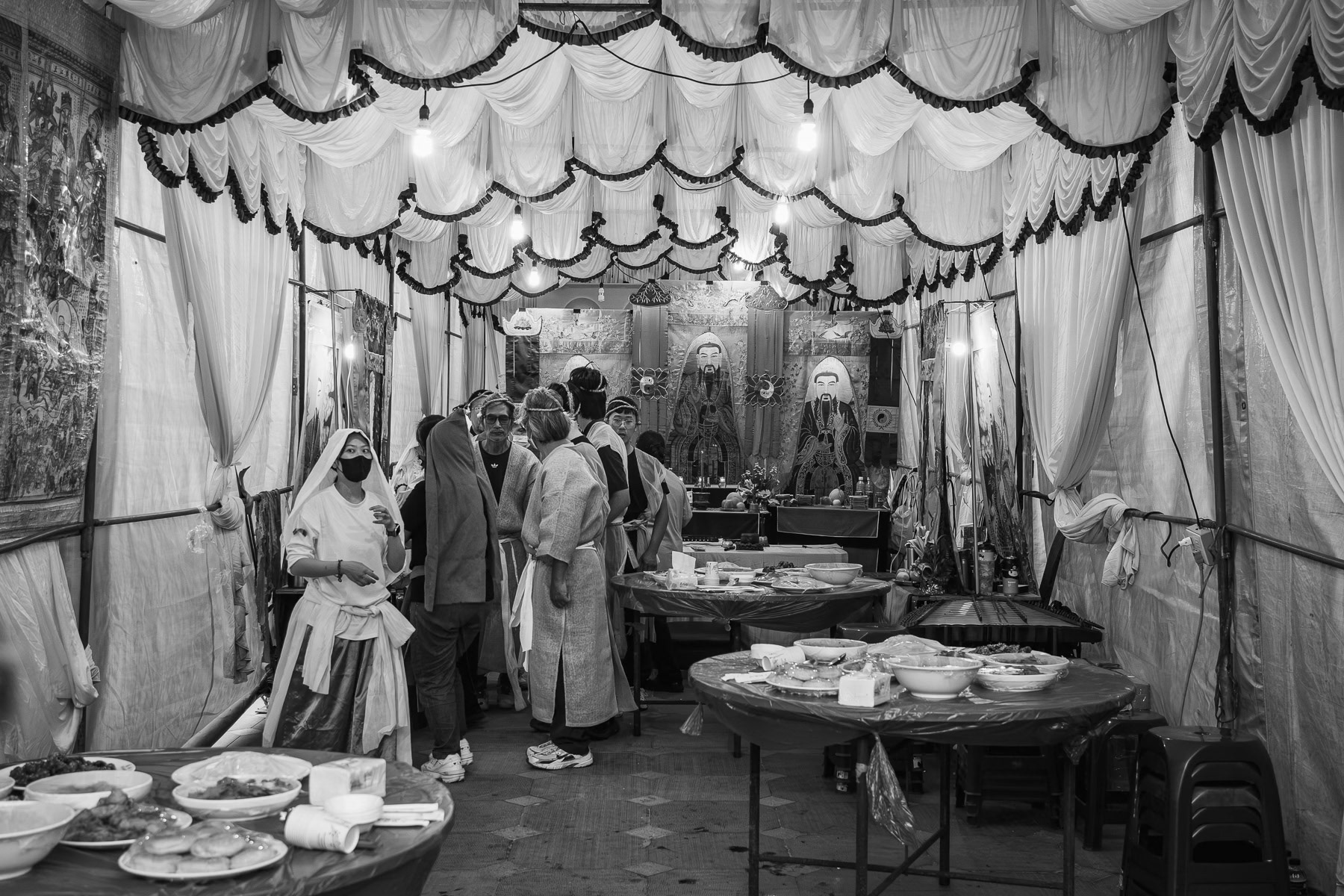
A traditional celebration in a village on Beigan Island part of Matsu, Taiwan, May 2025
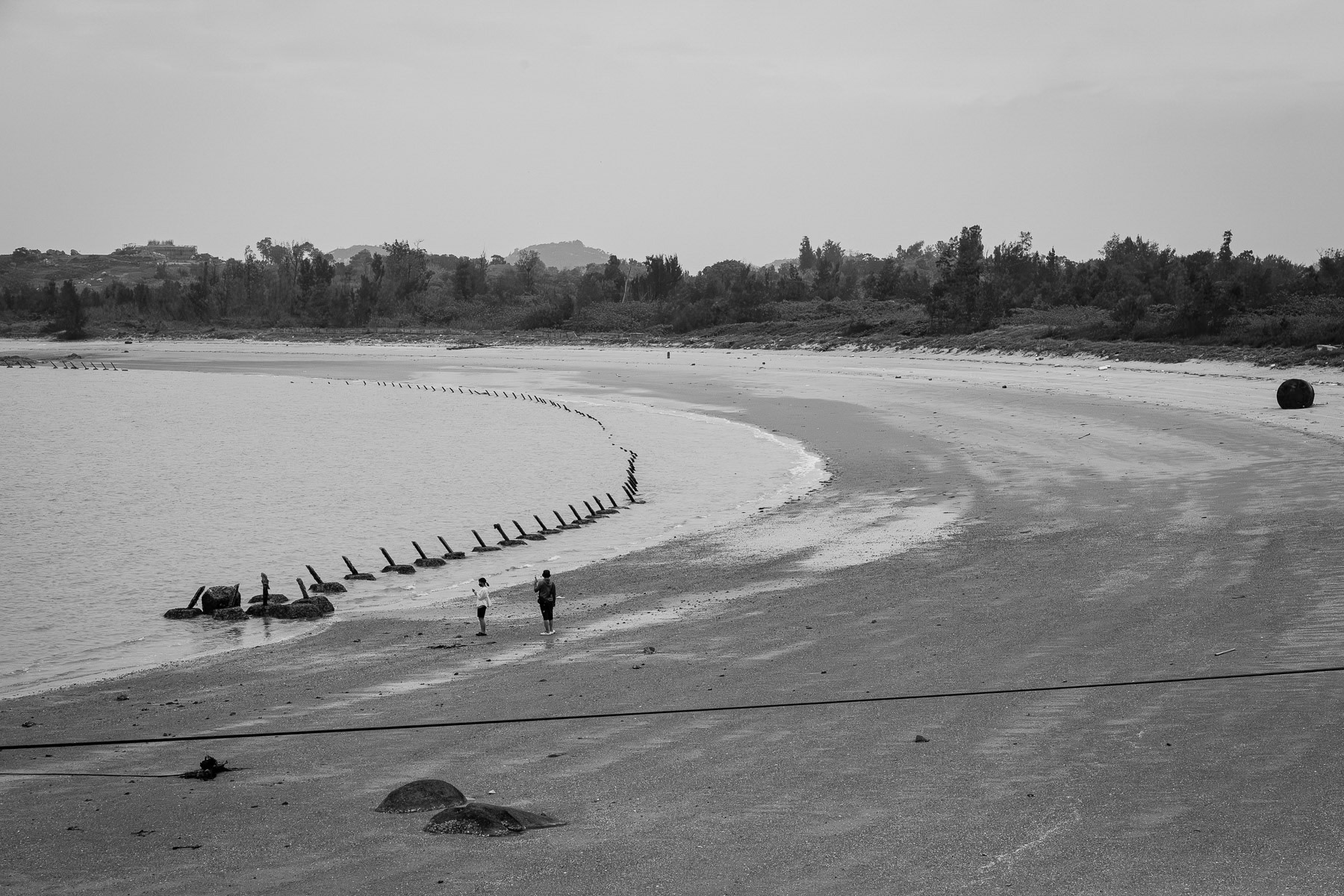
Iron sticks pierce Kinmen's beaches, a stark defense against potential landings. Jinsha beach, Kinmen island, Taiwan, May 2025
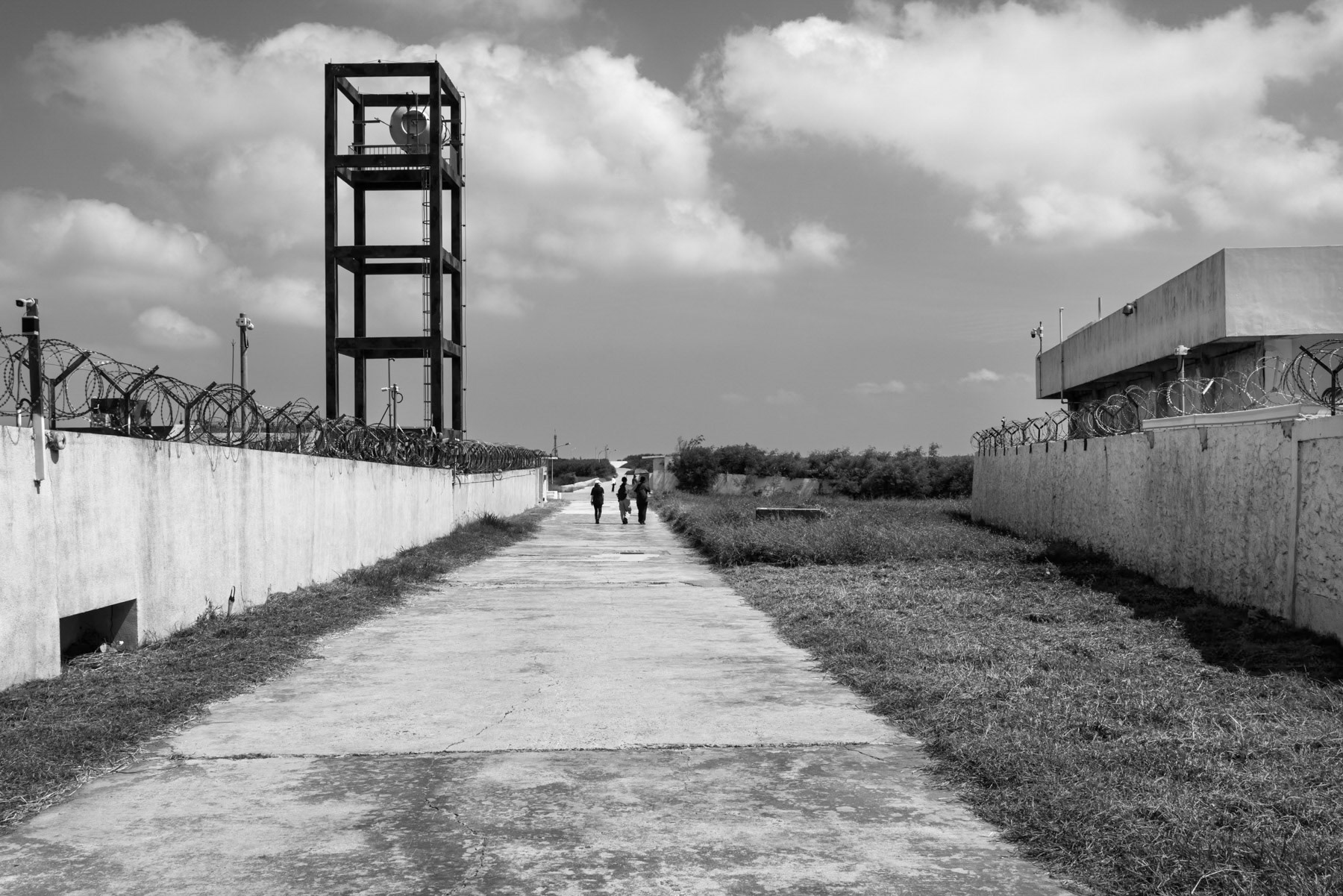
Military base, Penghu Island, Strait of Taiwan, October 2025

On Kinmen's coast, an old tank now lies abandoned, a relic of past tensions. Lieyu beach on Kinmen island, Taiwan, May 2025
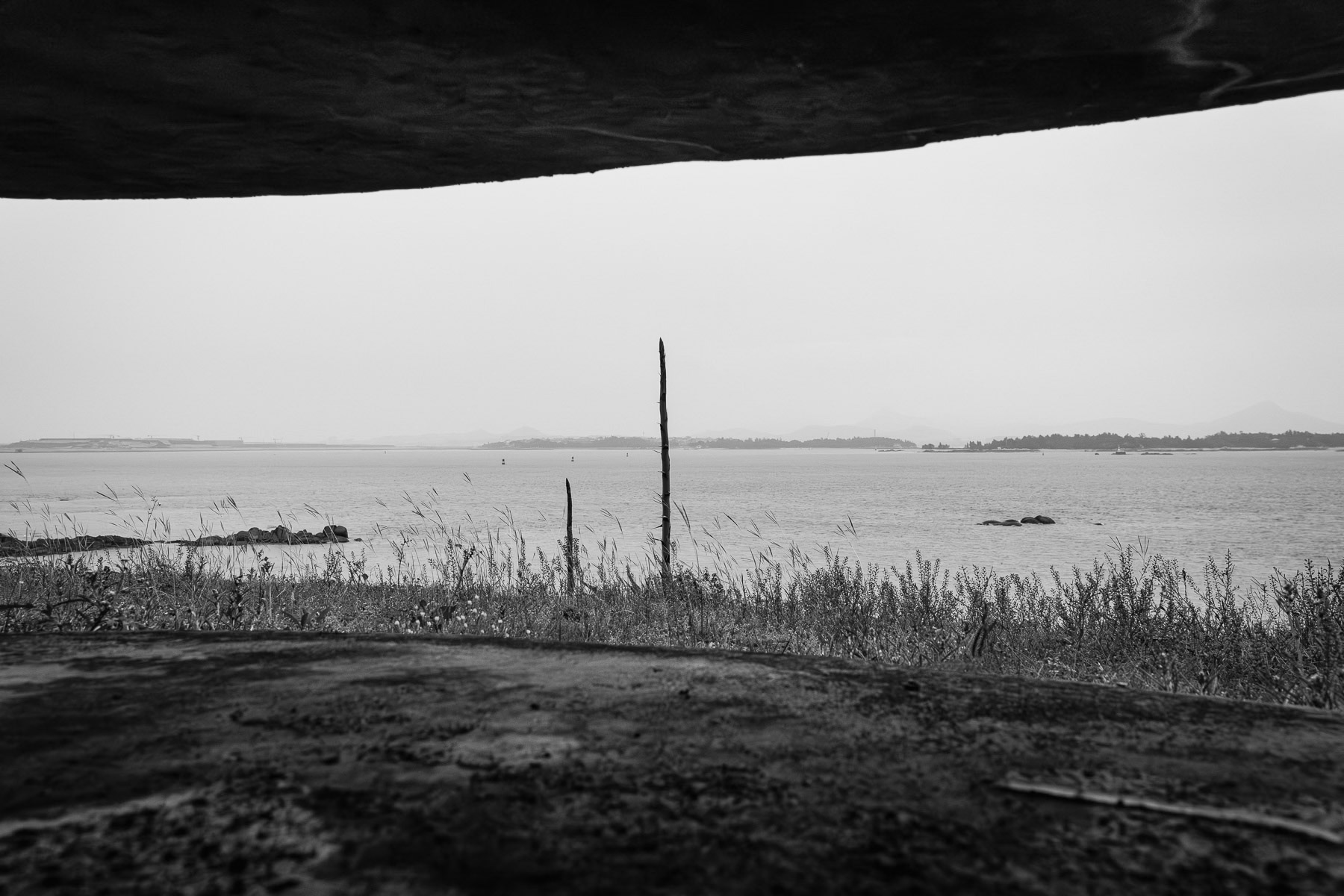
Xiamen looms across the Taiwan Strait, a constant reminder of the proximity. Mashan observation post, Kinmen island, Republic of China, May 2025
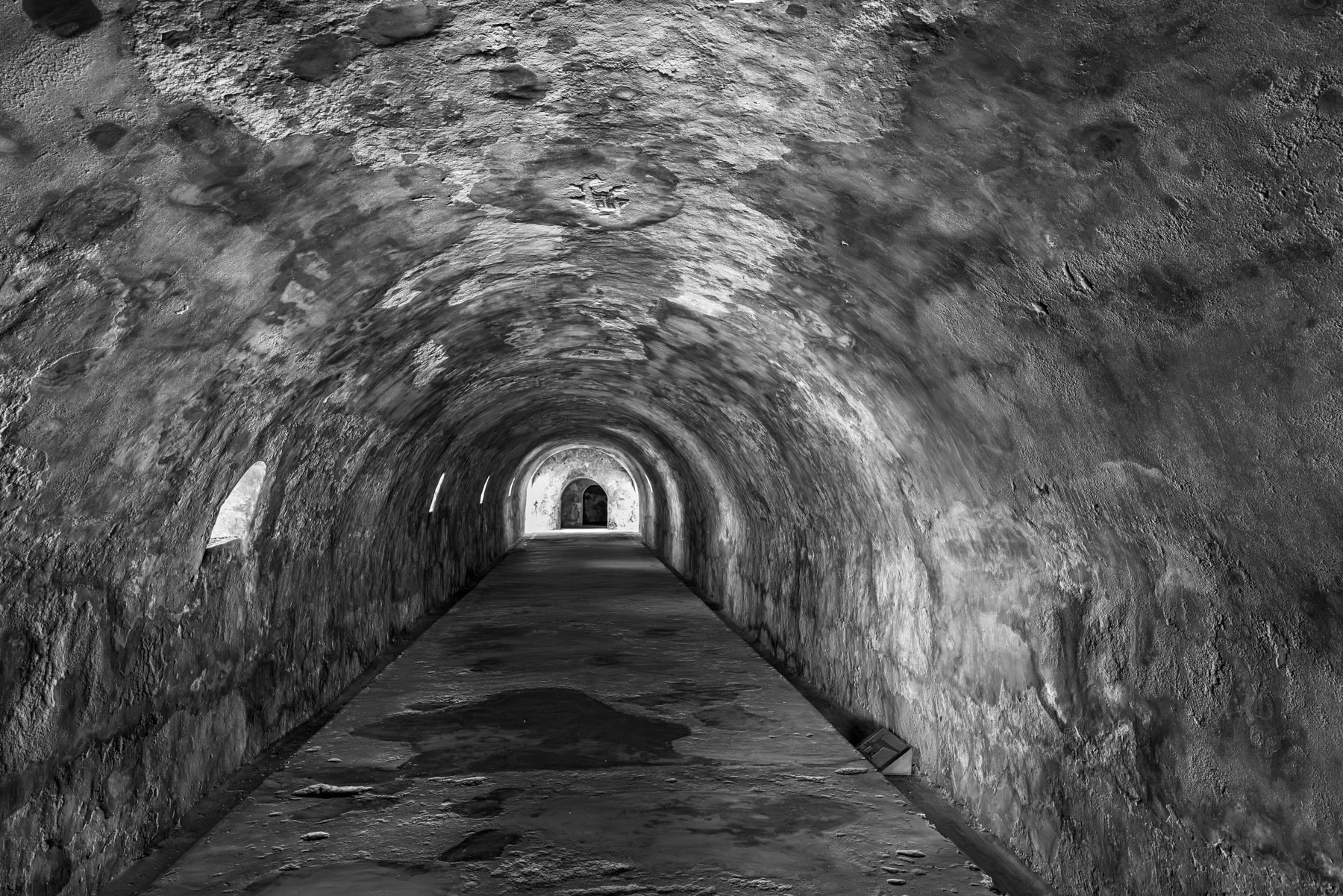
Abandoned military underground bunkers at Siyu Western Fort, Penghu Island, October 2025
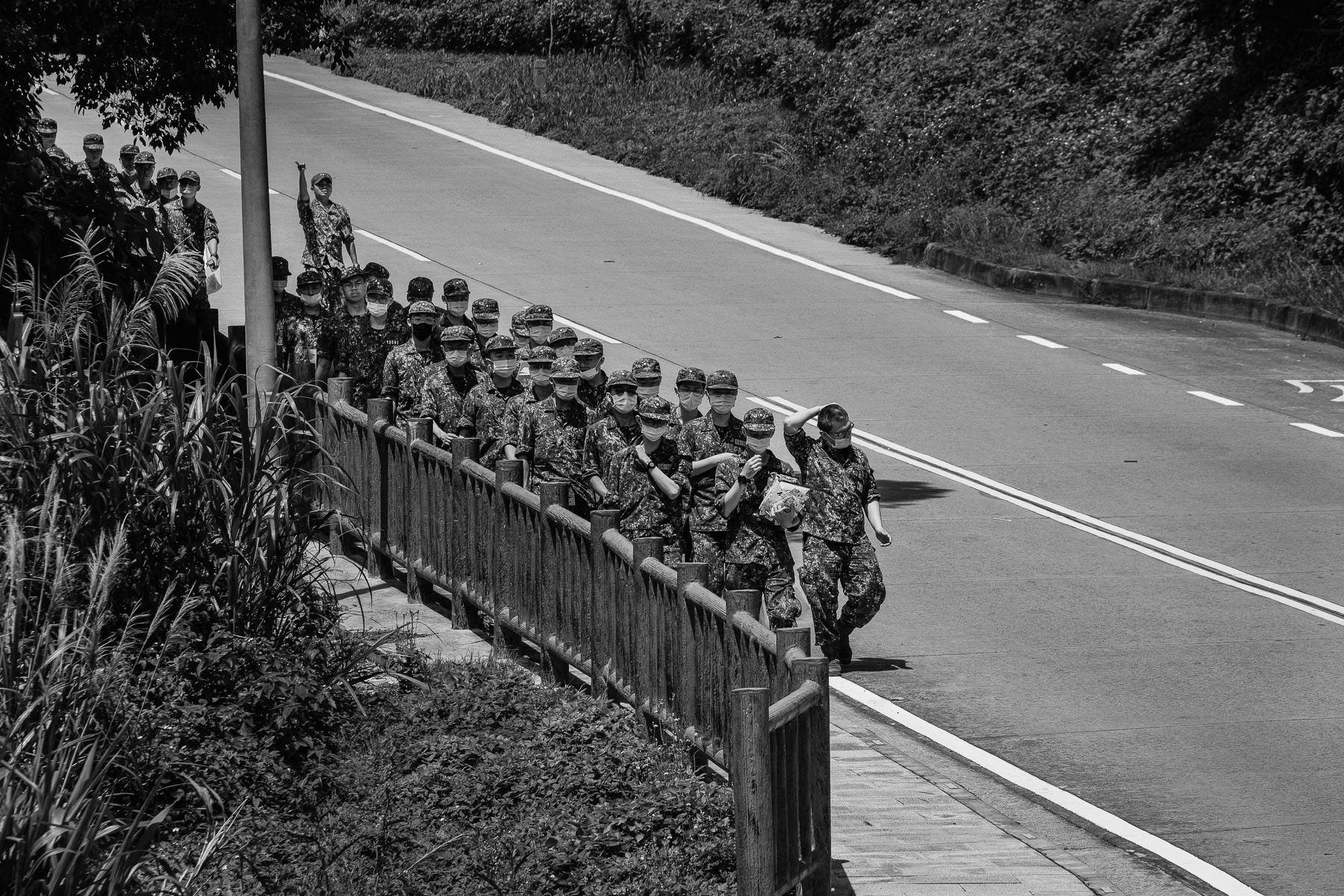
On the heavily militarized Matsu Islands, troops march a familiar path to their base. Nangan, Taiwan, May 2025
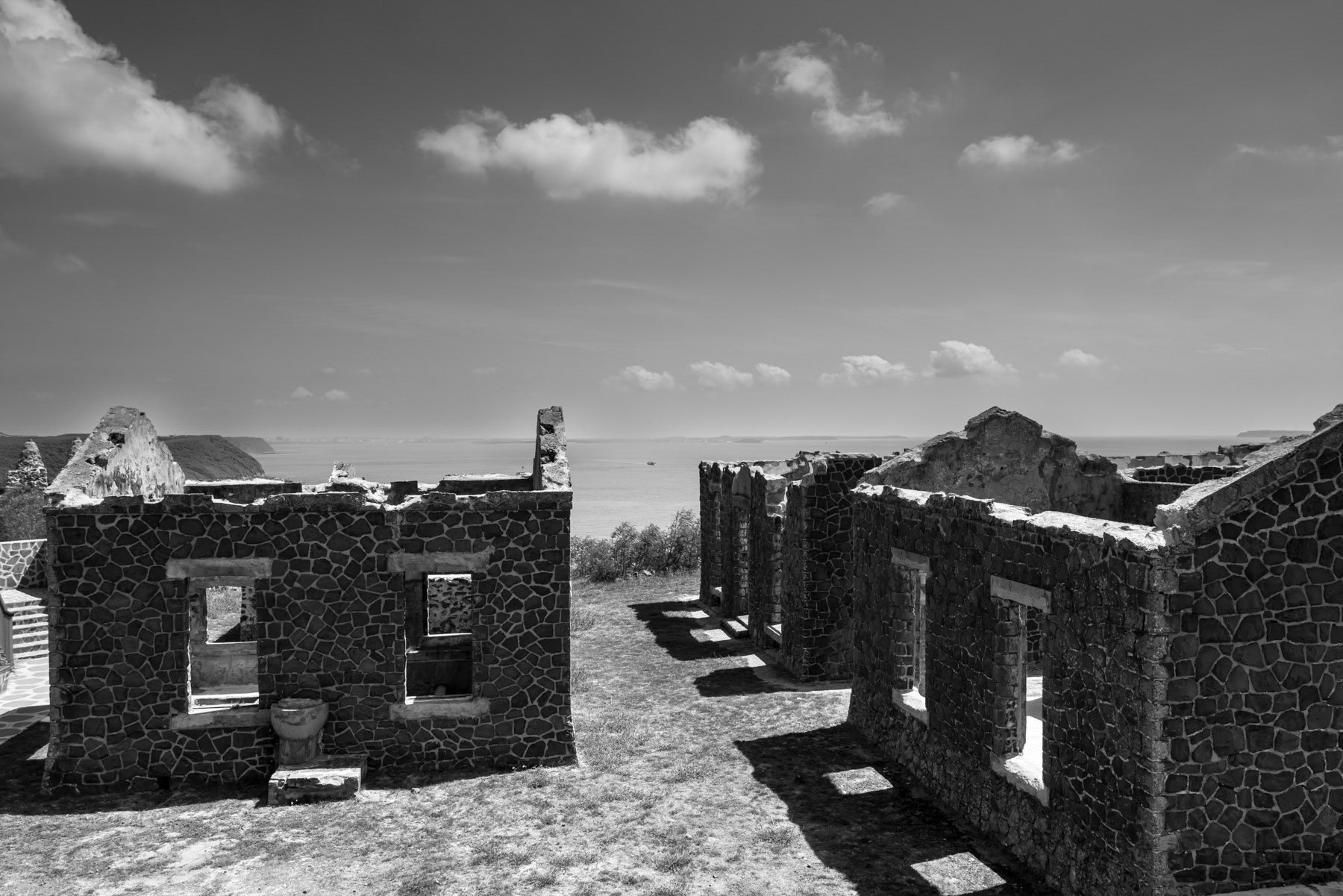
Japanese-era military barracks built from volcanic rock, now abandoned on Penghu Island, Taiwan, October 2025
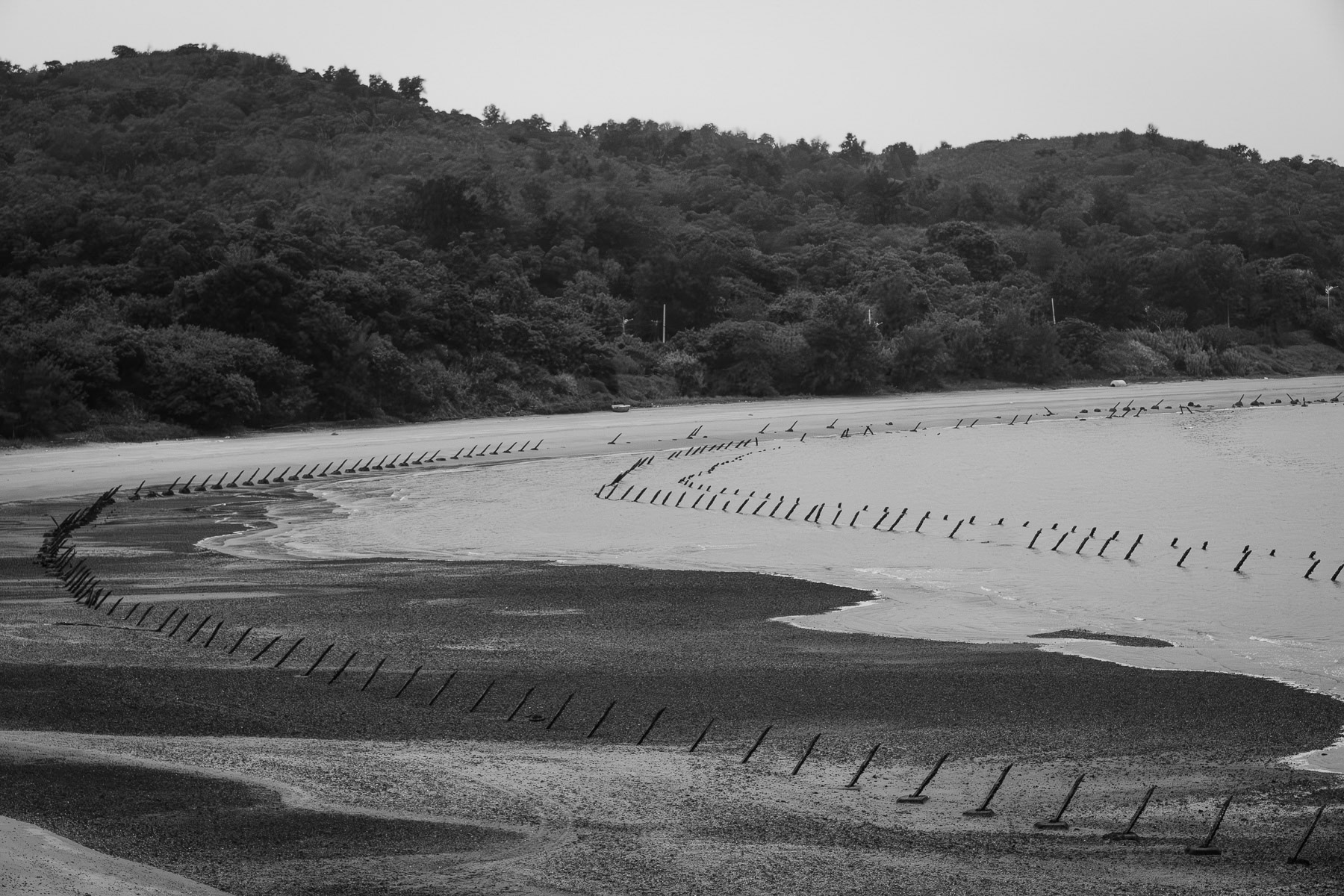
Iron sticks pierce Kinmen's beaches, a stark defense against potential landings. Lieyu, Kinmen island, Taiwan, May 2025
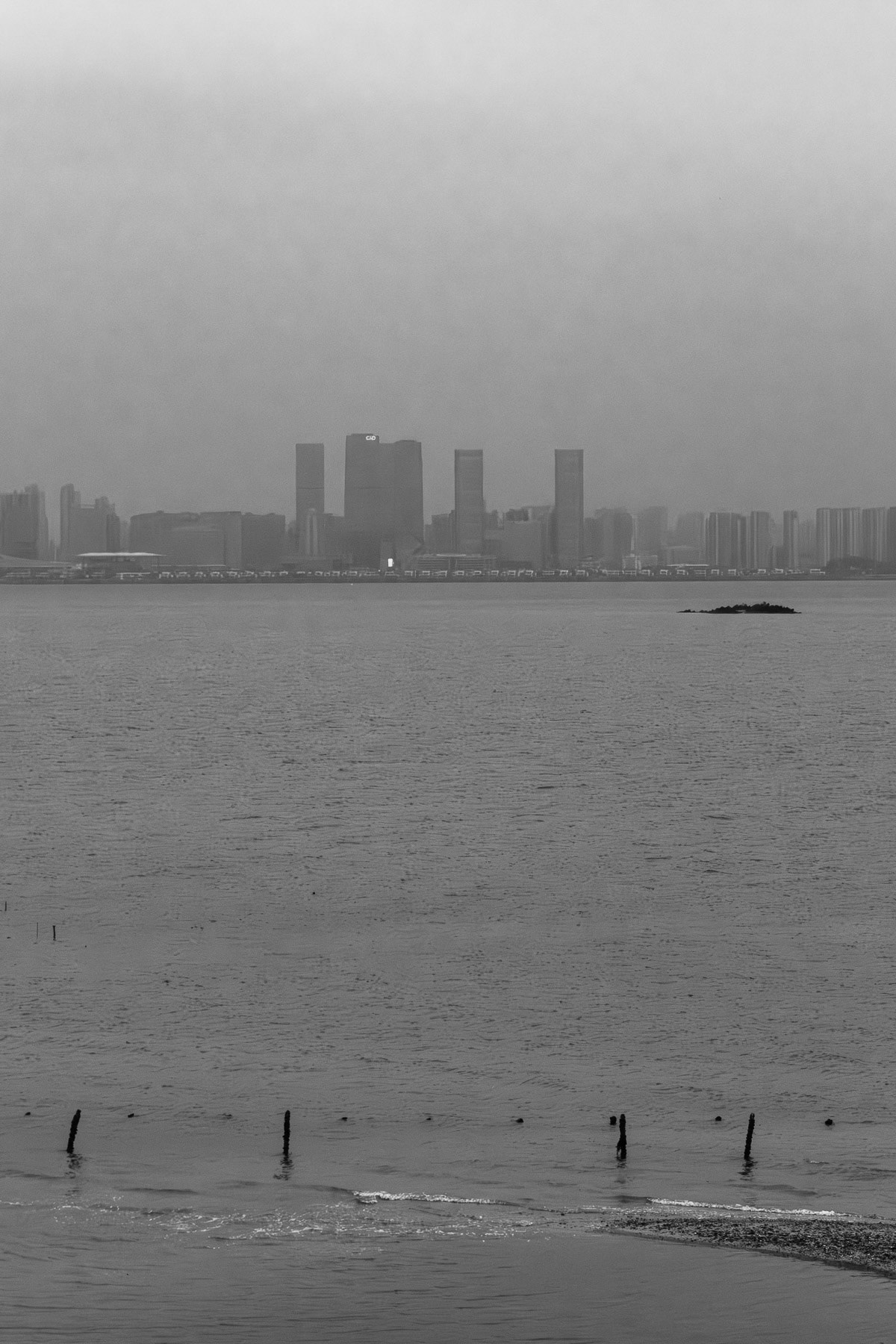
Anti-landing obstacles on Kinmen's coast, facing a rapidly changing Xiamen. Lieyu, Kinmen island, Republic of China, May 2025
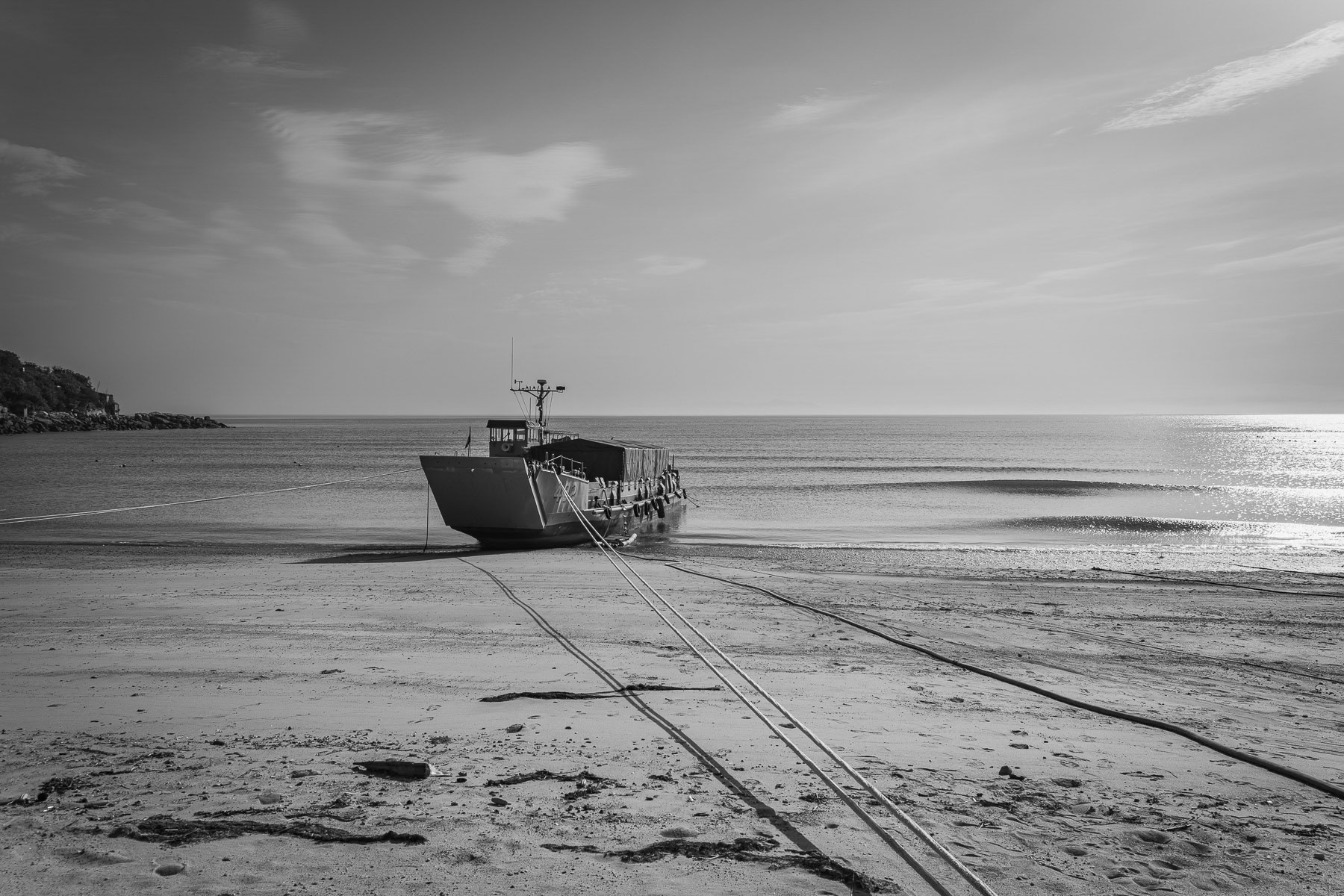
These landing boats, ever-ready on the shore, underscore the islands' strategic importance. Fuwo beach, Matsu Islands, Taiwan, May 2025
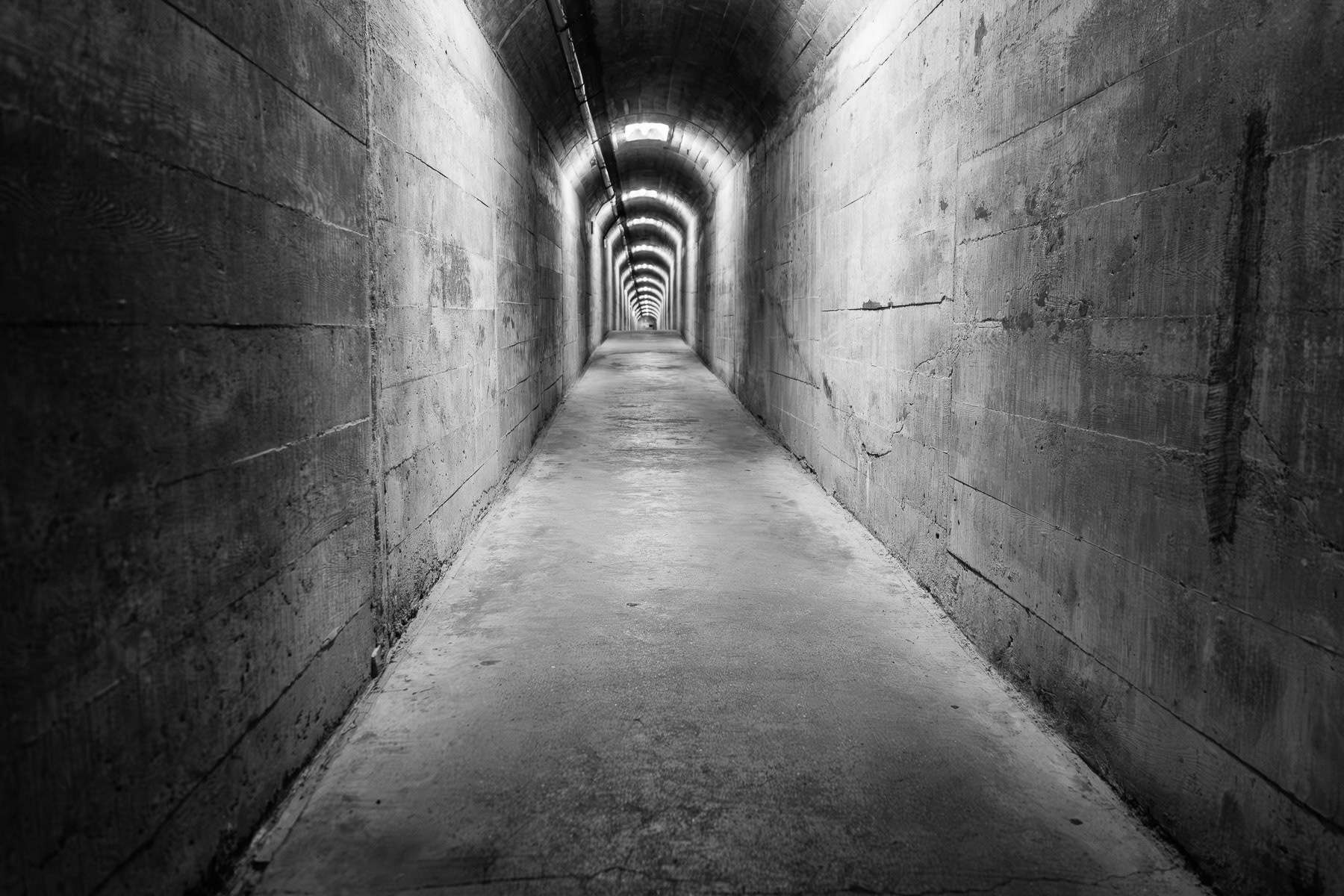
The Jinsha underground network of tunnels and bunkers, now a museum, stands as a silent witness to a bygone era. Kinmen island, Taiwan, May 2025

A traditional celebration in a village on Beigan Island part of Matsu, Taiwan, May 2025
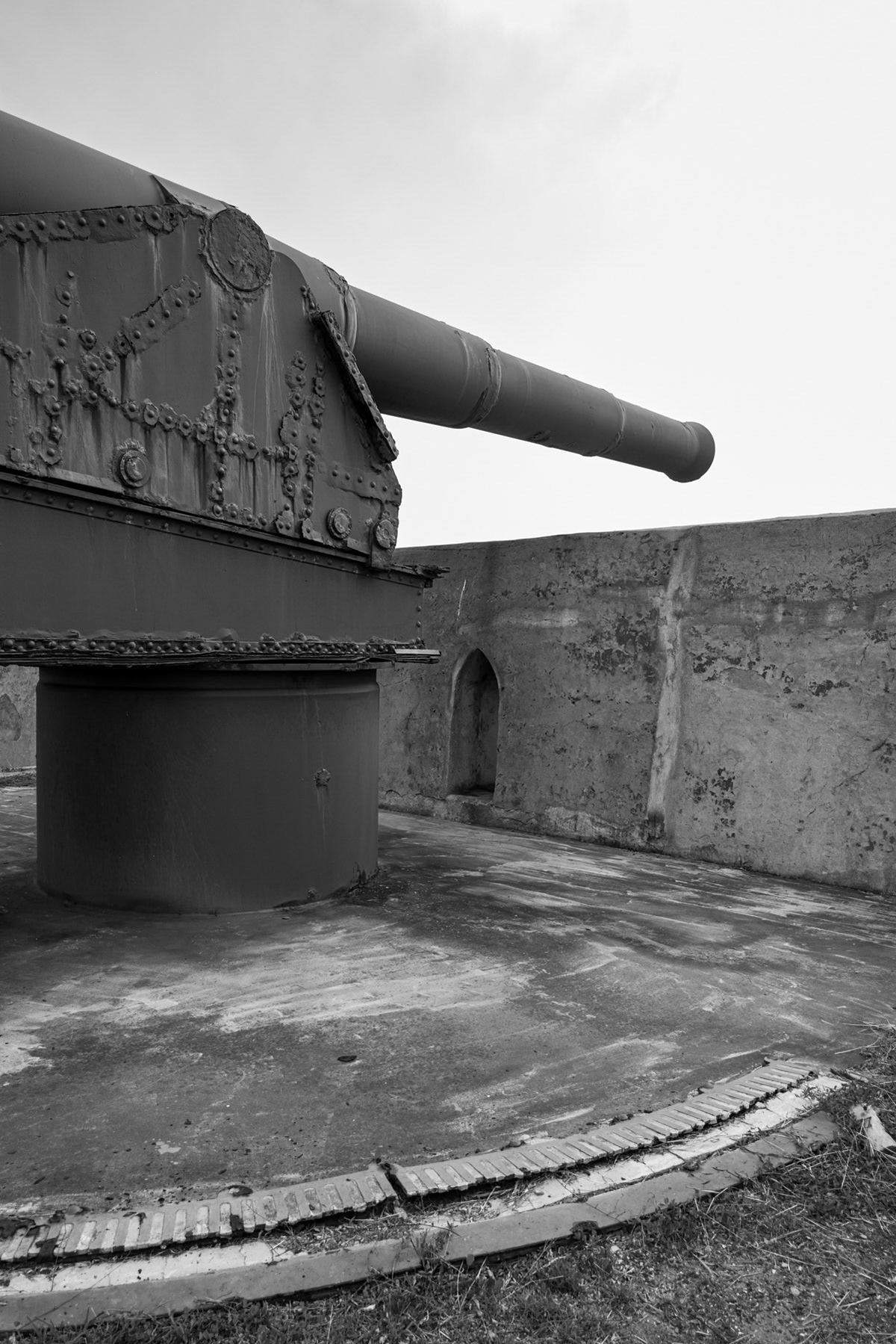
Huge, unused coastal artillery at Siyu Western Fort, Penghu Island, Taiwan, October 2025
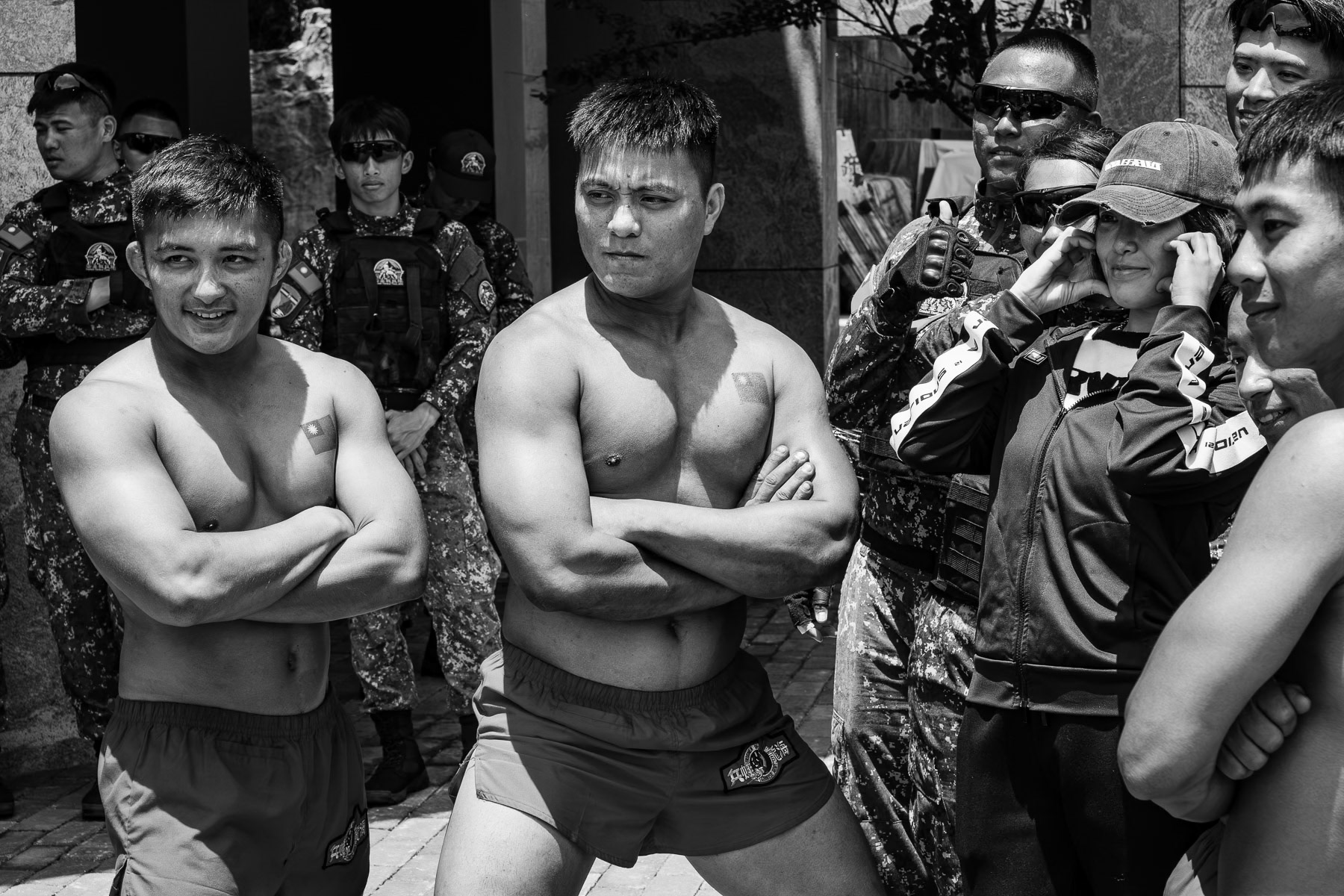
A powerful display of muscle, Matsu's elite special forces attrack attention during the unit's 60th anniversary celebration. Nangan town, Matsu Islands, Taiwan, May 2025
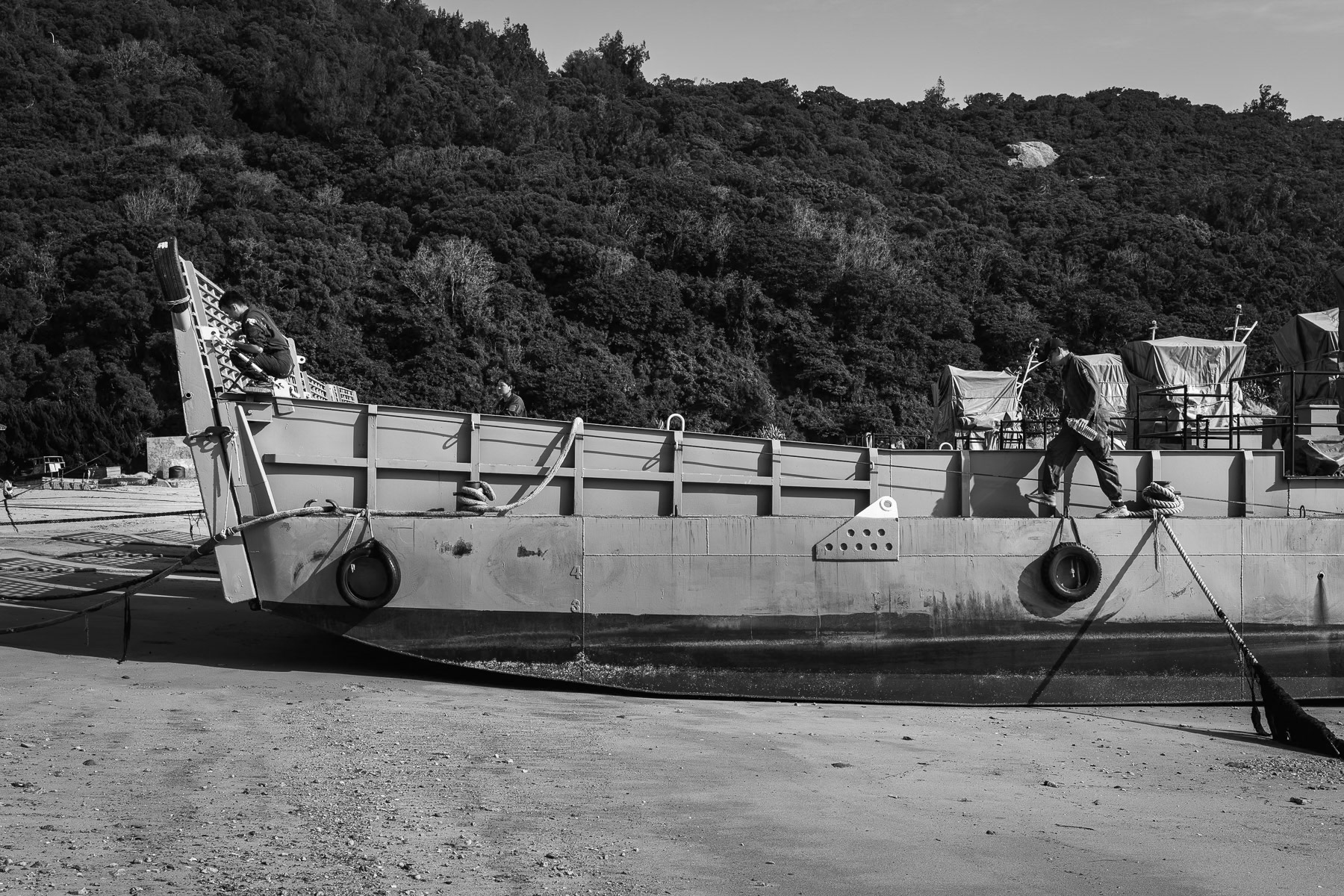
Landing craft stand poised on the beach, a testament to Matsu's constant state of military preparedness. Fuwo beach, Matsu Islands, Taiwan, May 2025
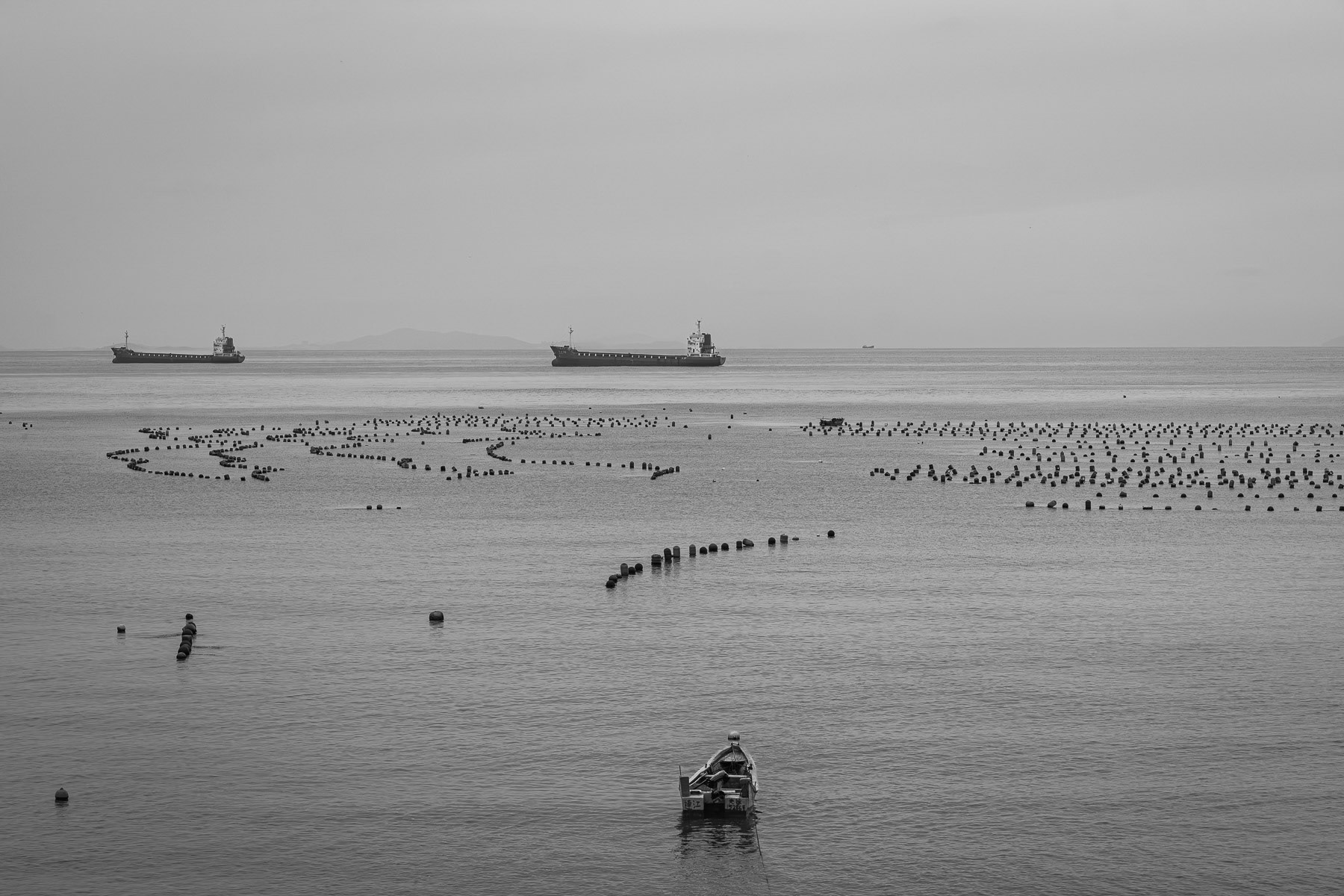
Mussel farm in Nangan Bay, Matsu Islands, Taiwan, May 2025
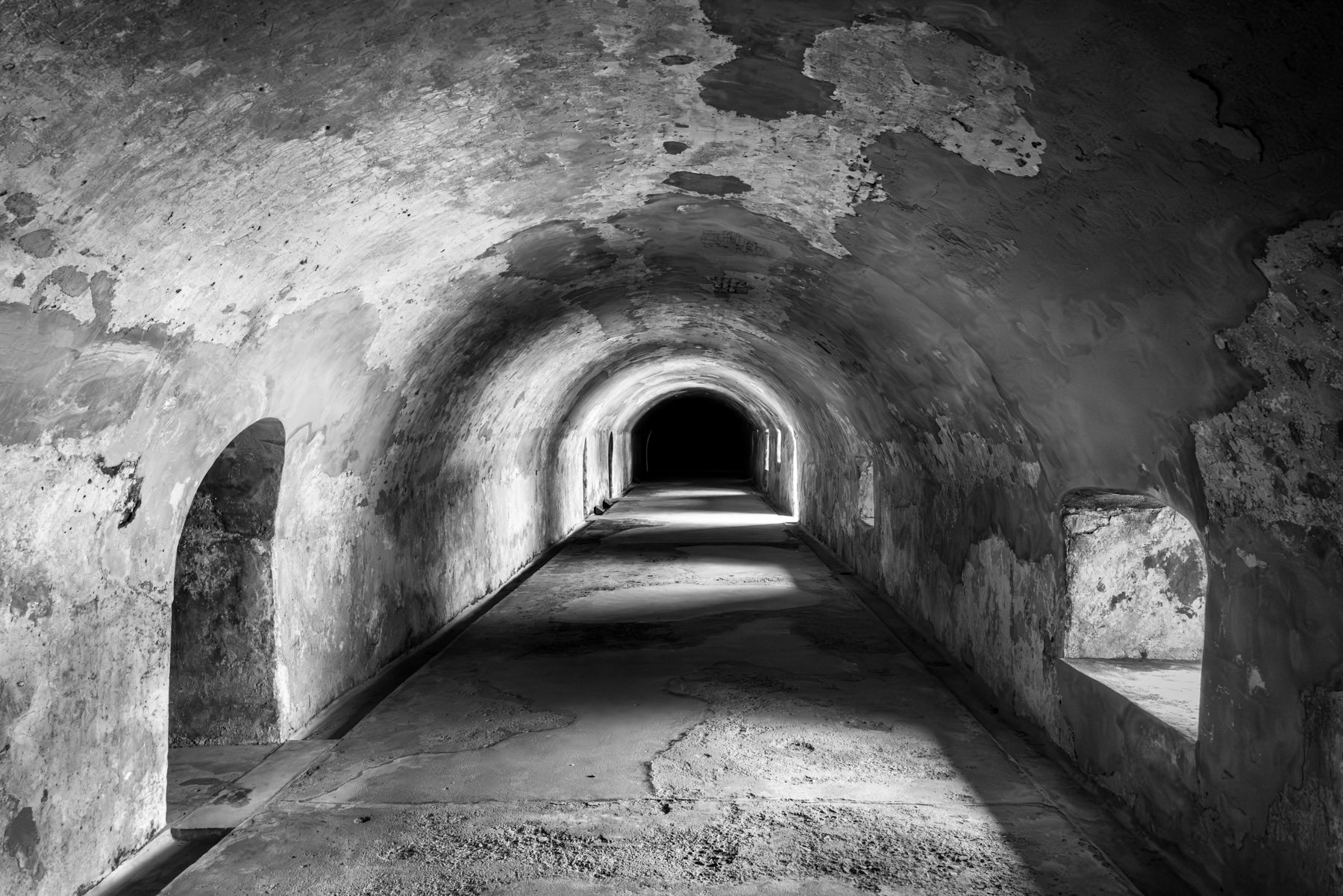
Abandoned military underground bunkers at Siyu Western Fort, Penghu Island, October 2025
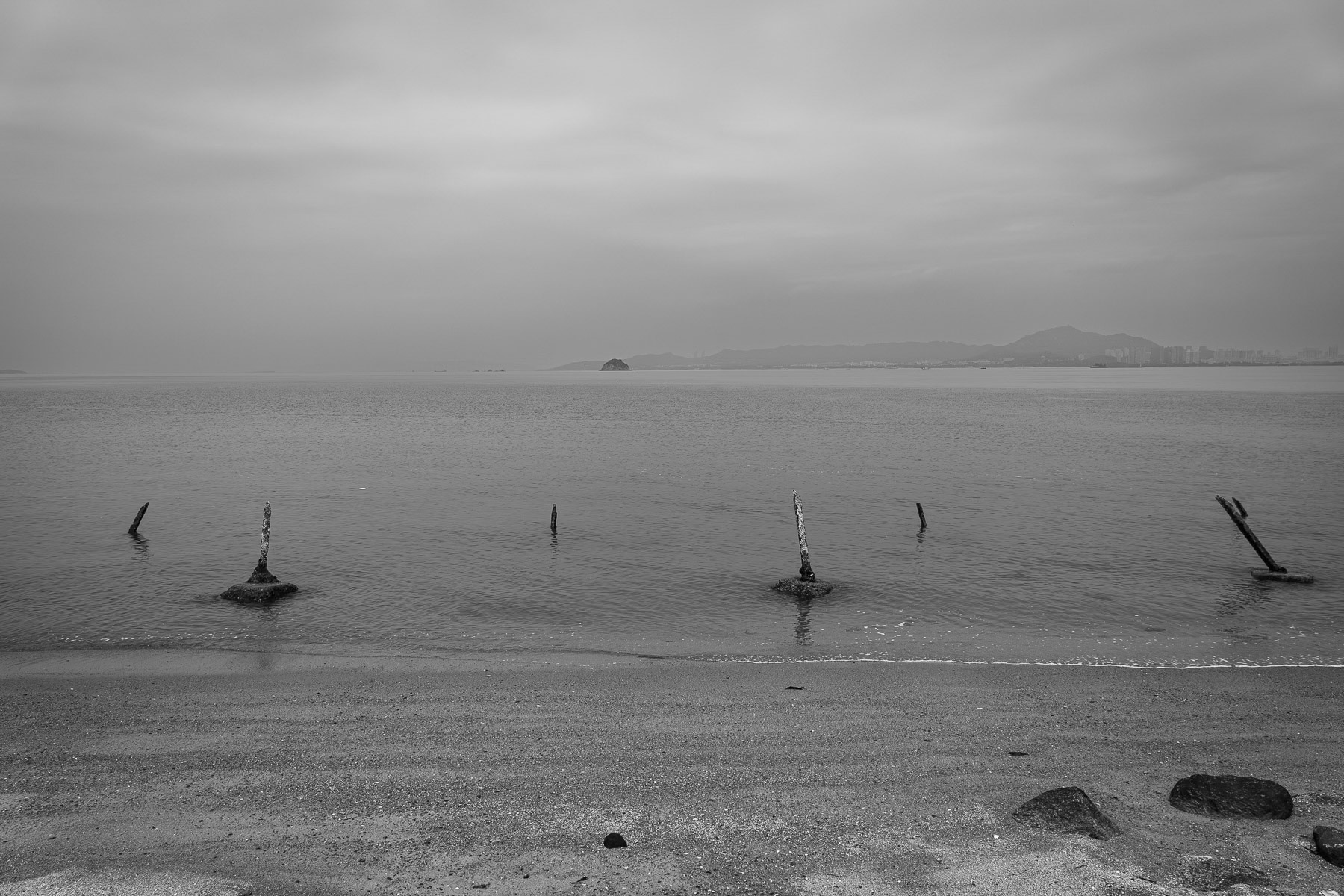
Iron sticks pierce Kinmen's beaches, a stark defense against potential landings. Lieyu beach, Kinmen island, Taiwan, May 2025
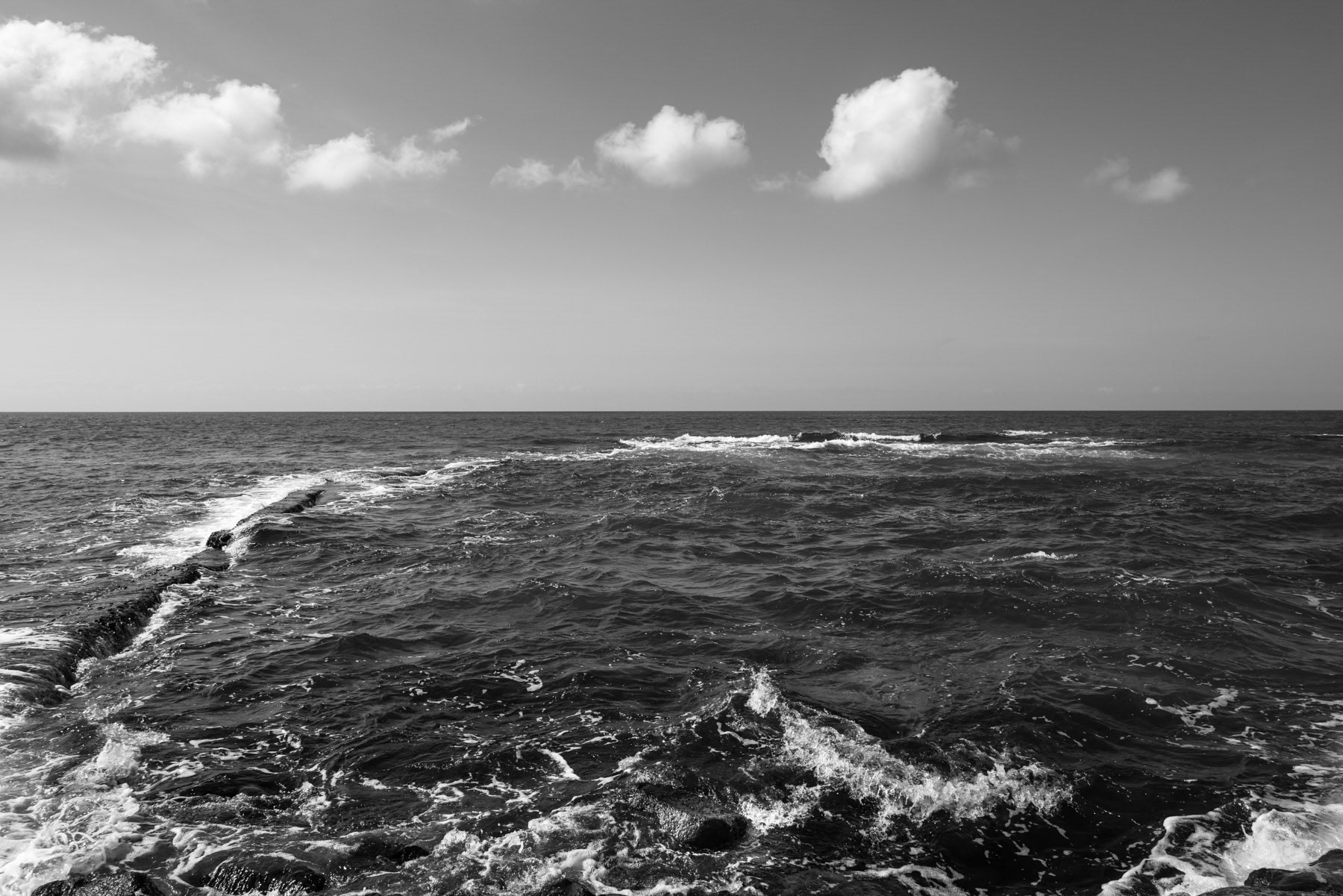
A natural basin used to catch fish during low tide along the coast of Penghu island, Taiwan, October 2025
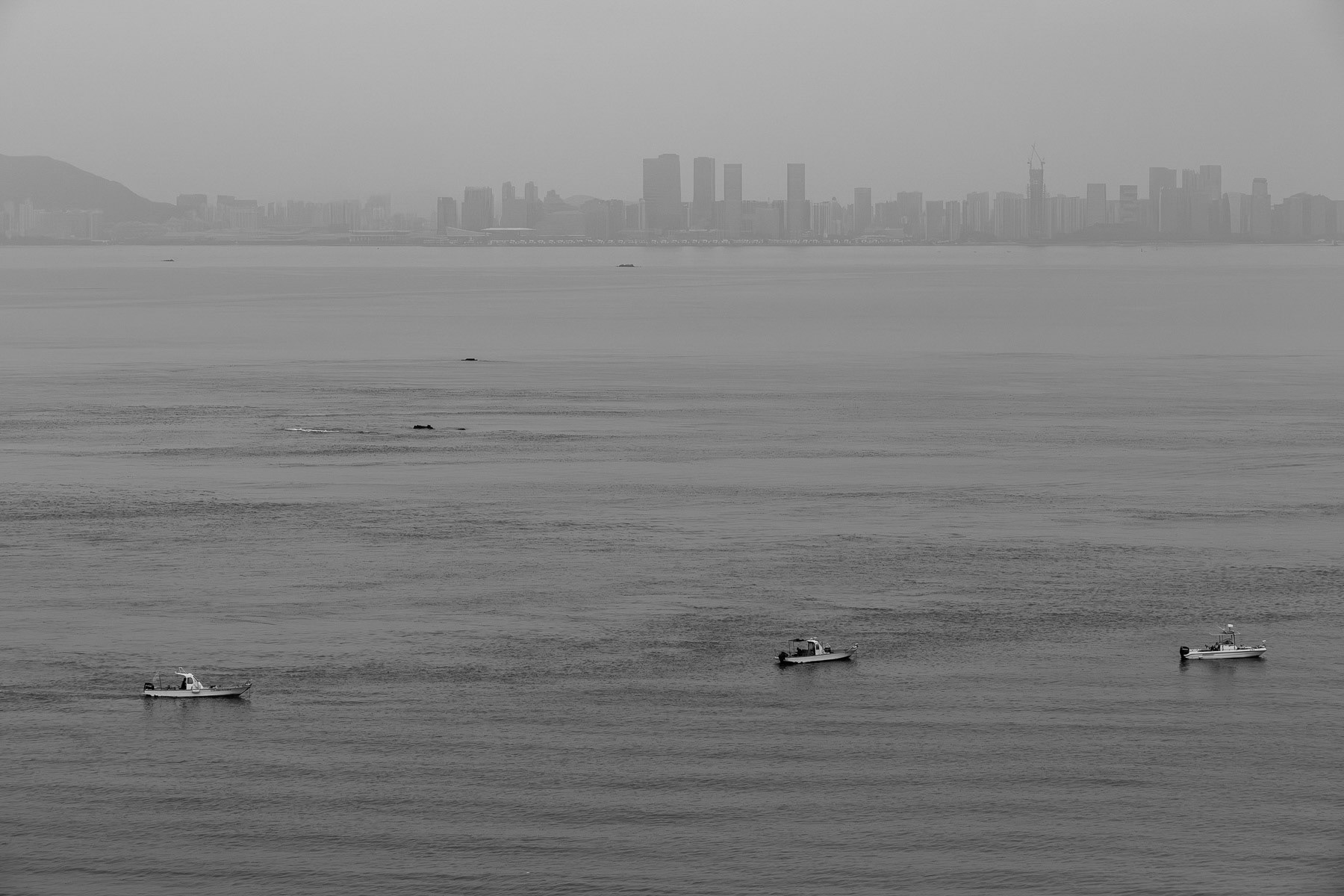
With China looming just across the strait, Kinmen's local fishermen are severely limited in how far they can fish from their immediate shores. Kinmen islands, Taiwan facing Xiamen in China, May 2025
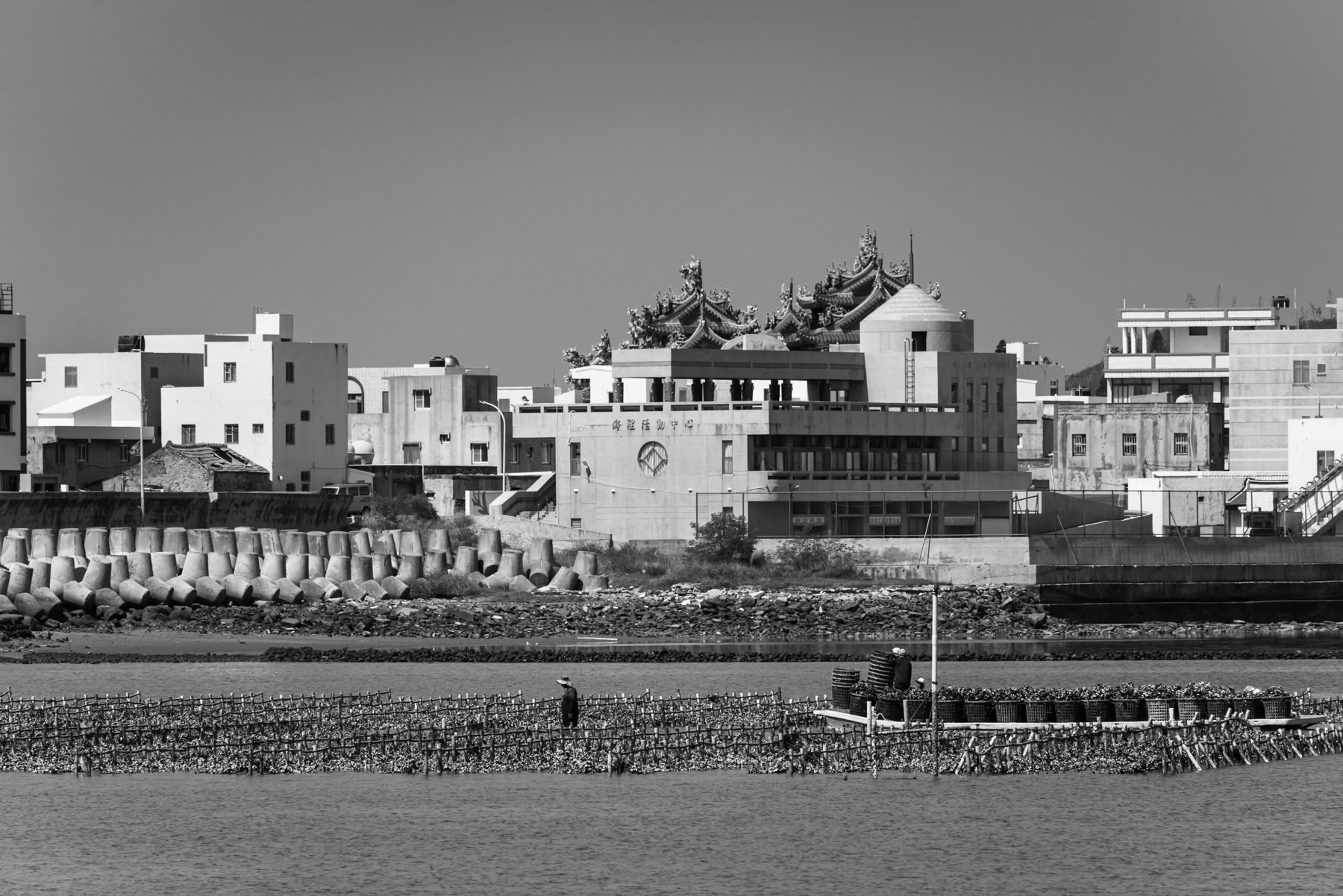
Local fishermen harvesting shellfish in the Penghu Archipelago, Taiwan, October 2025.
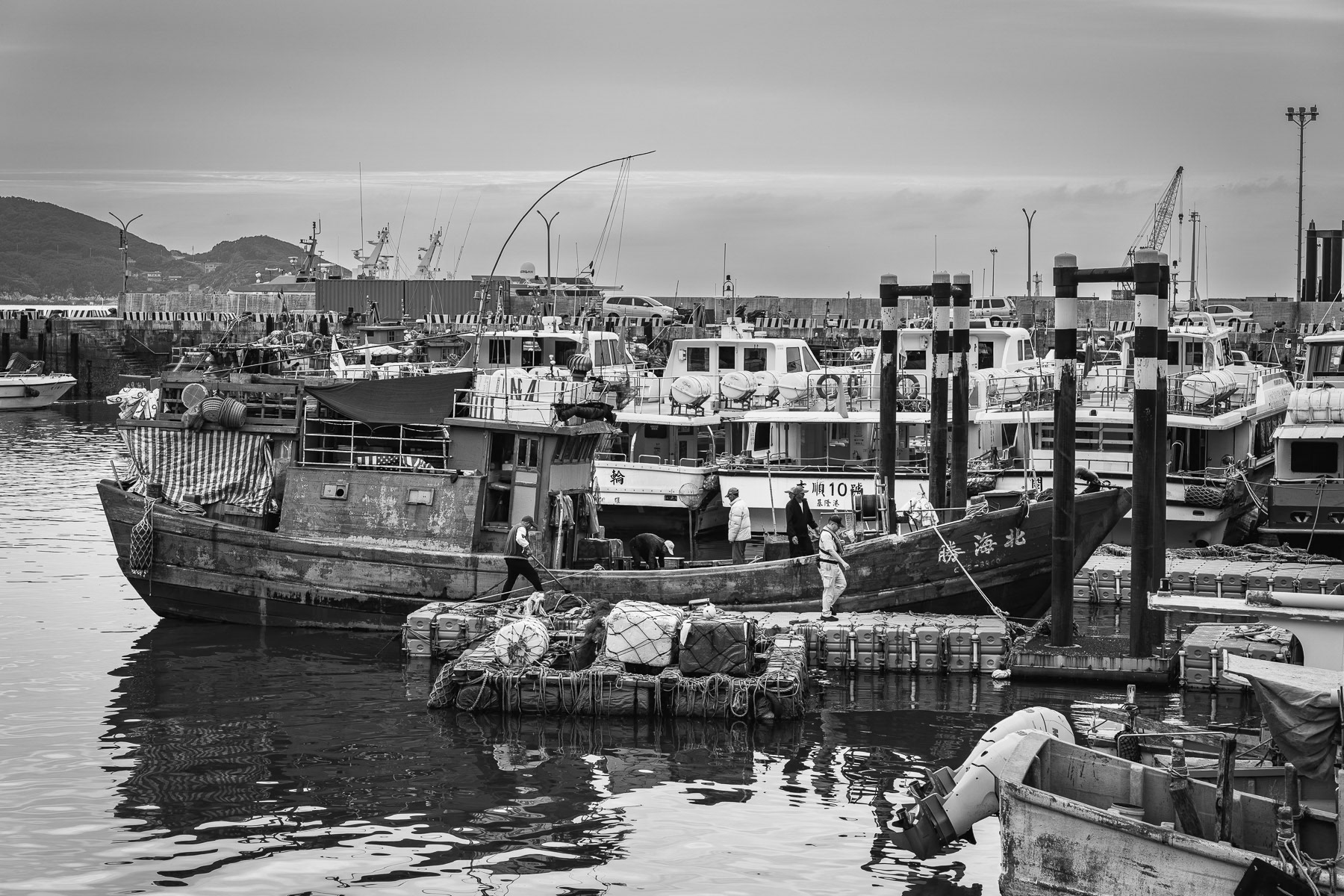
With the coast guard's sign-off, fishing boats in Matsu's port, crewed by many Indonesian fishermen, are cleared to unload. Nangan port, Matsu Islands, Taiwan, May 2025
